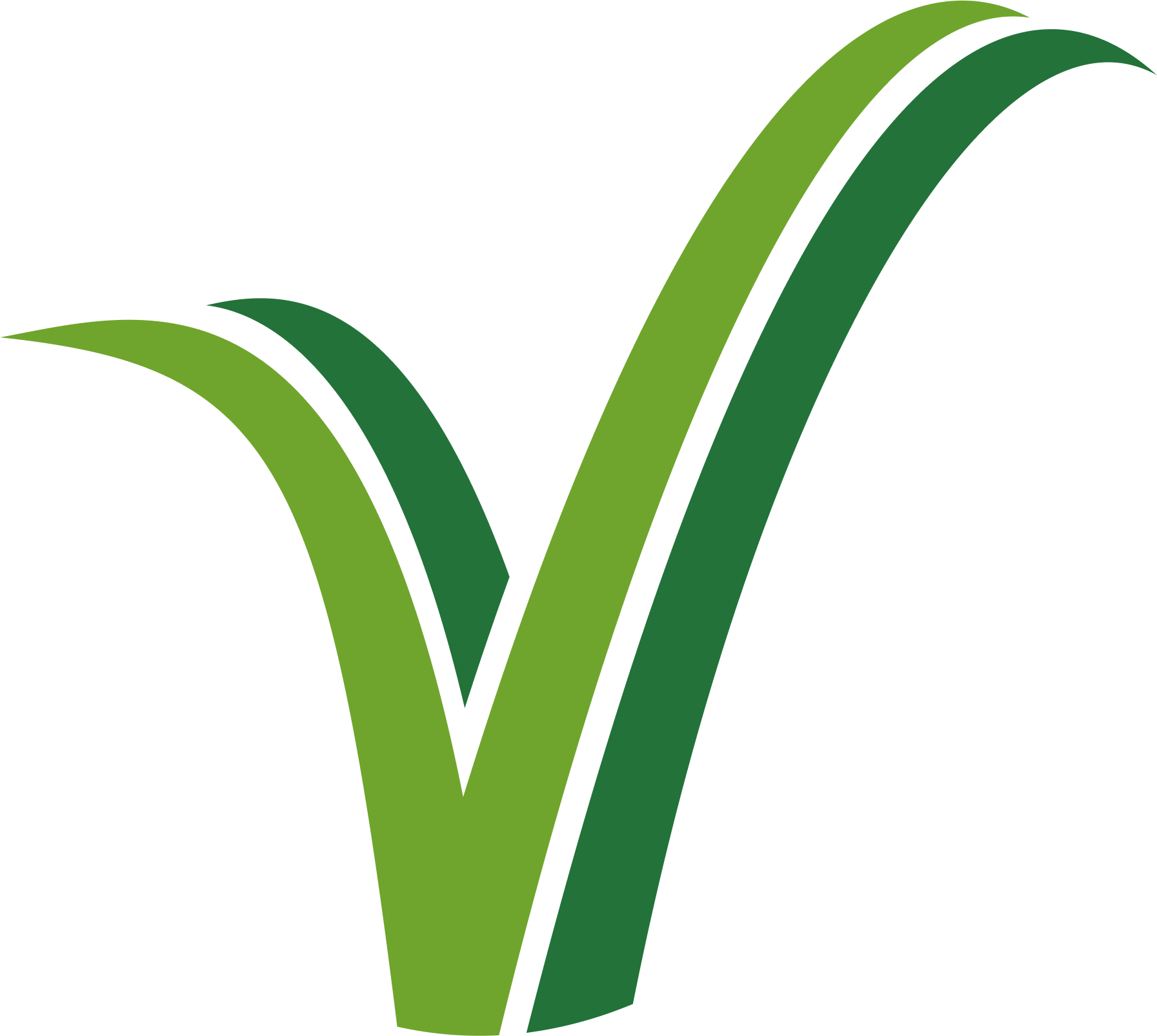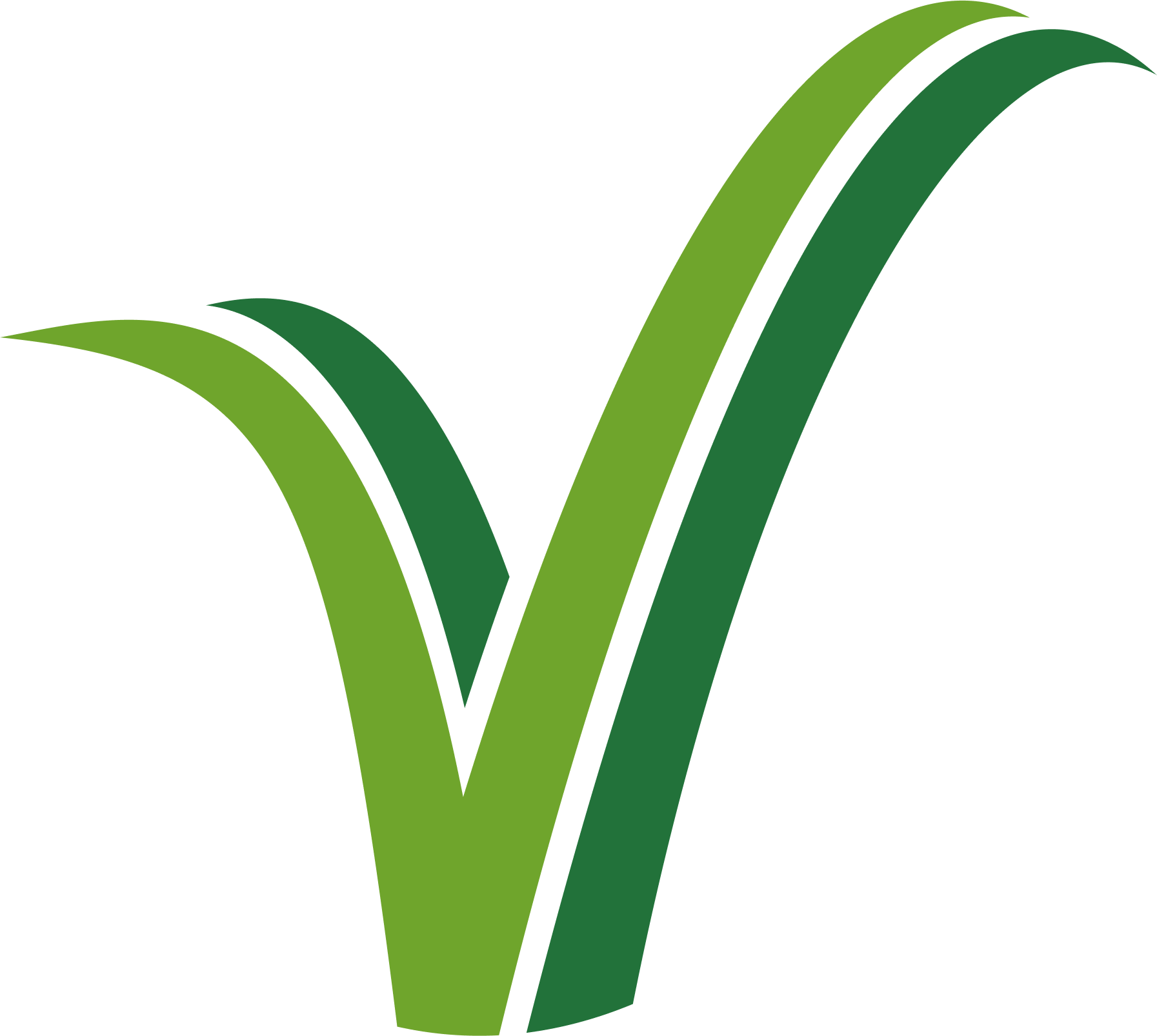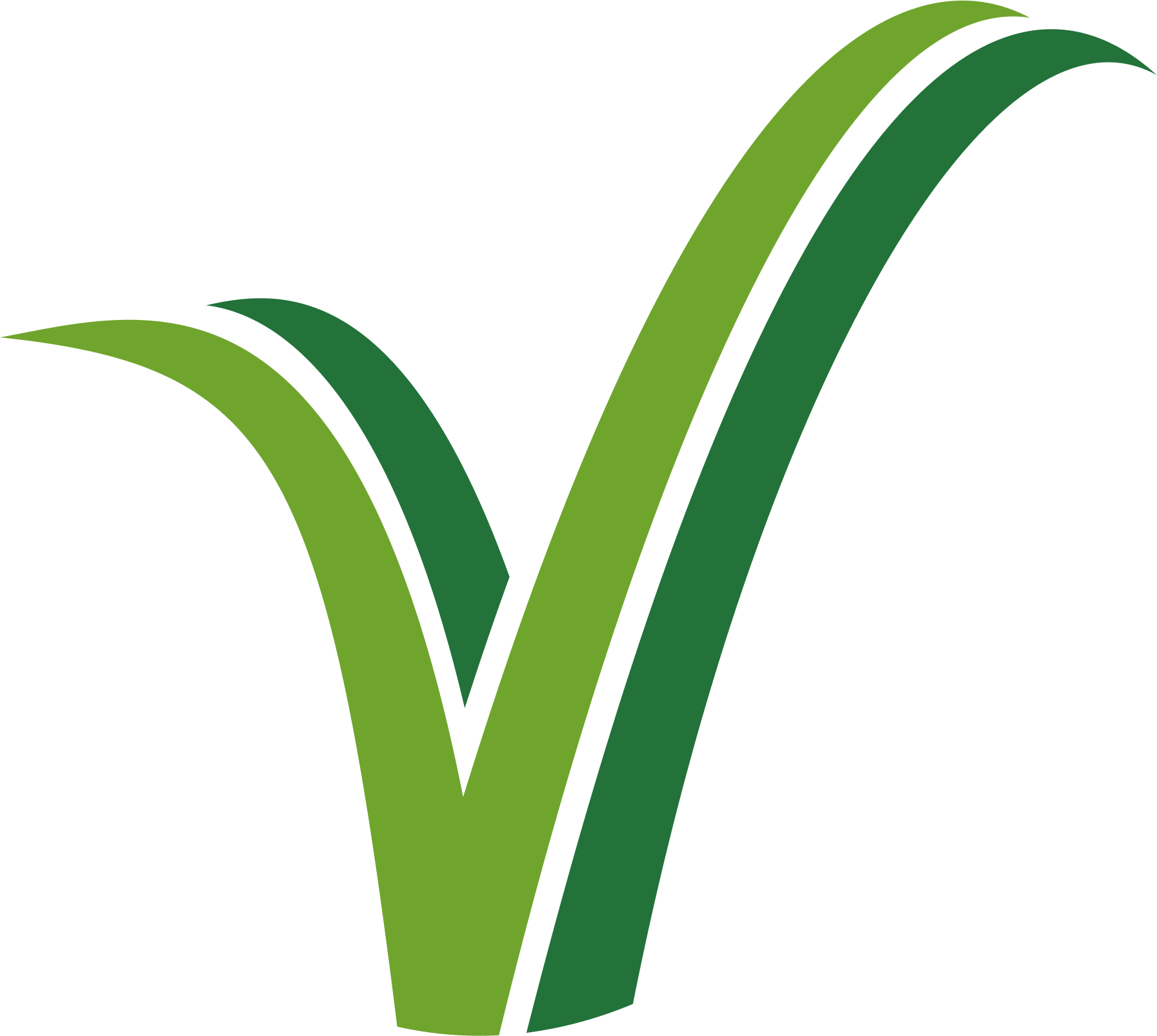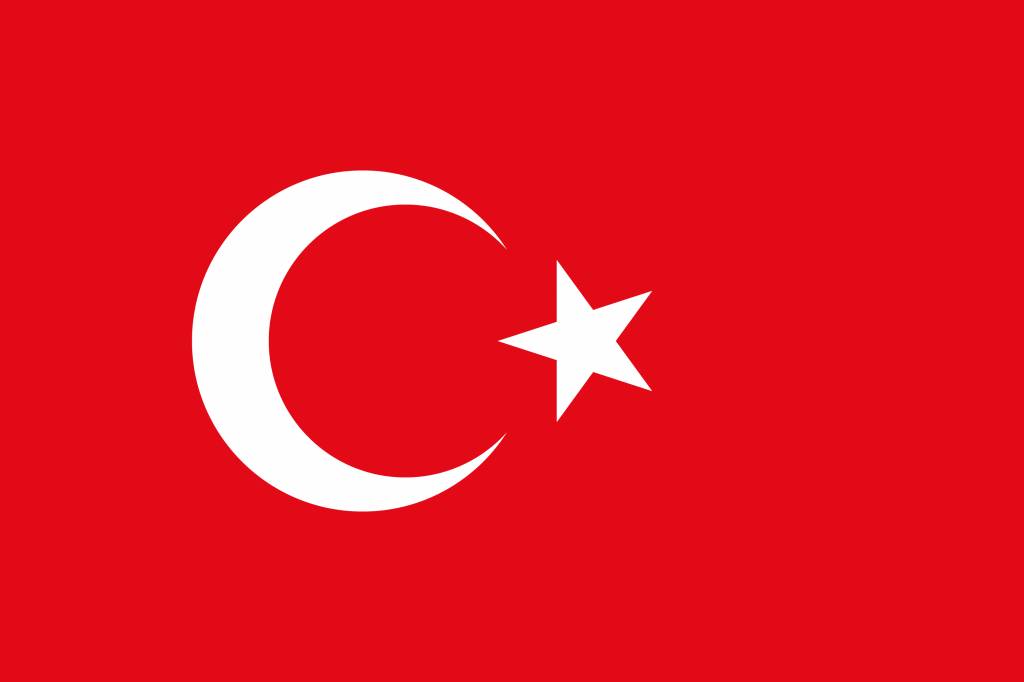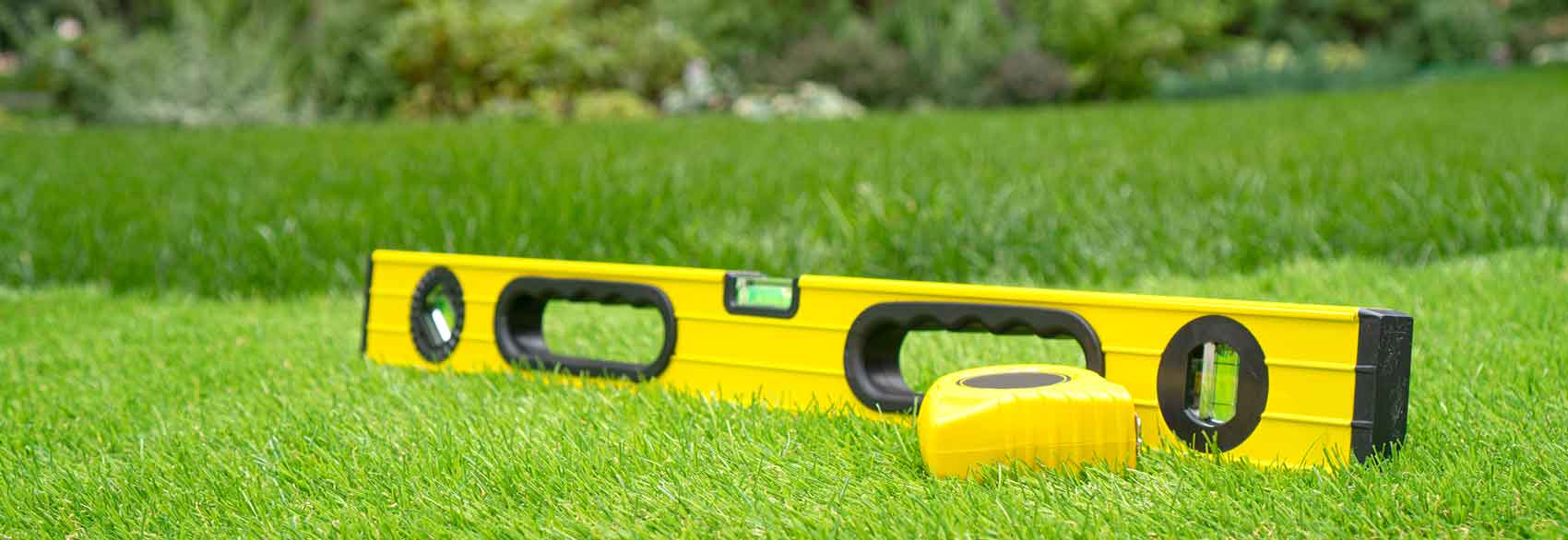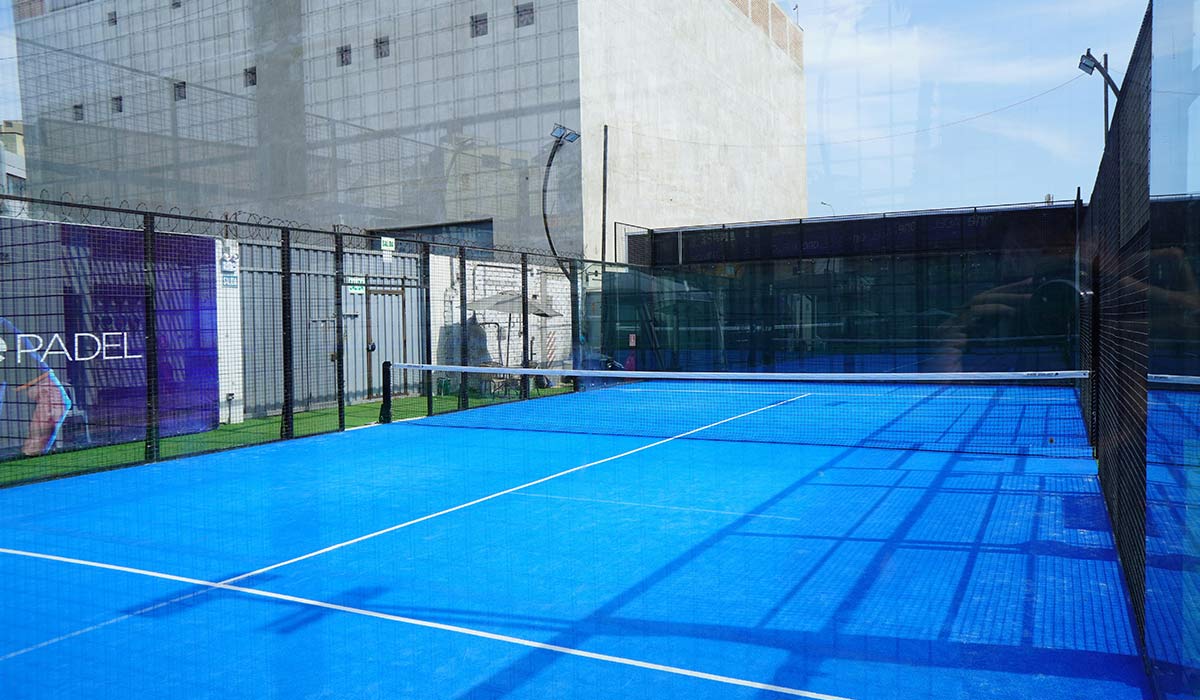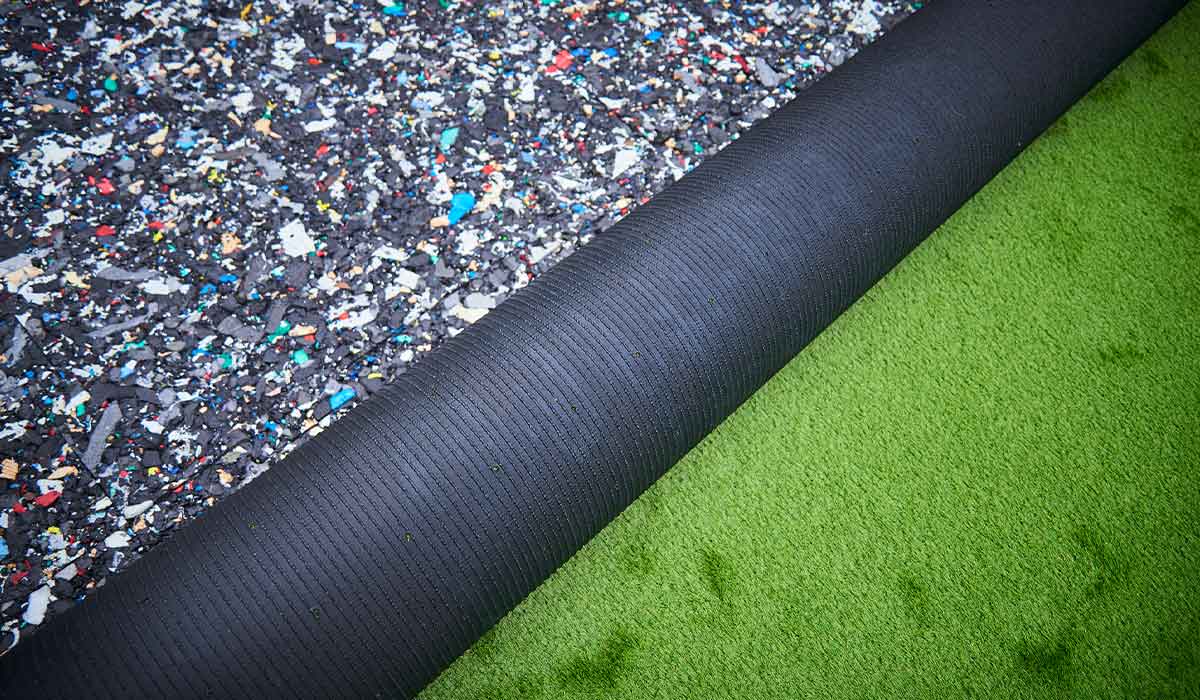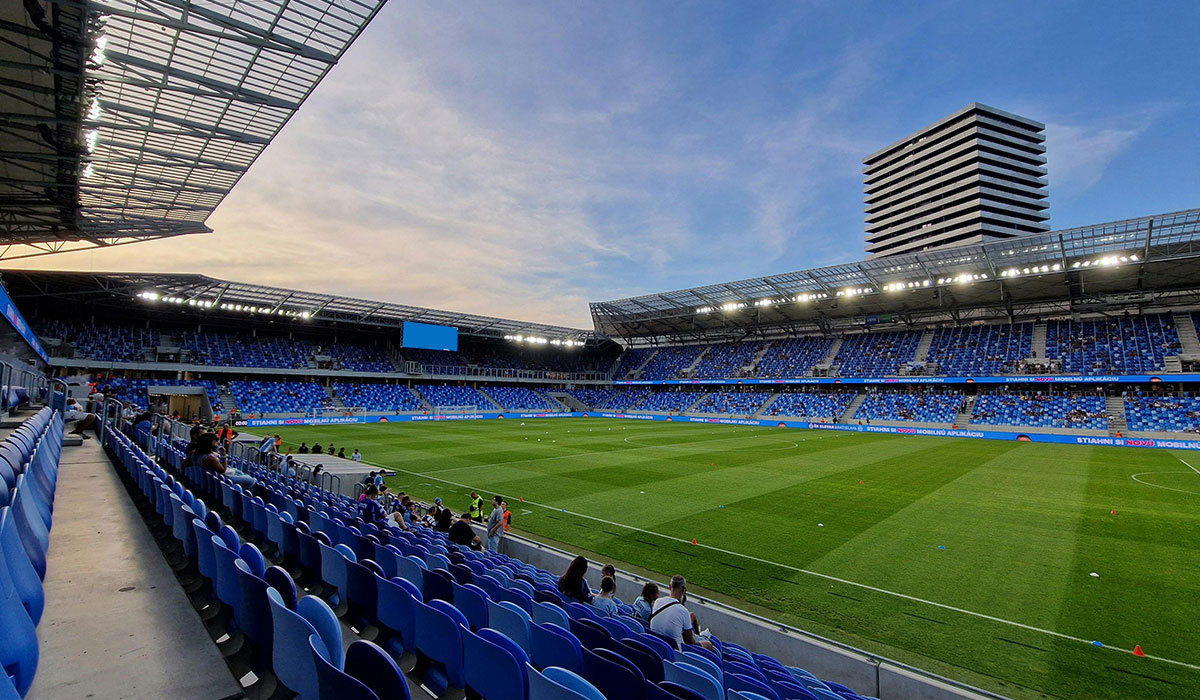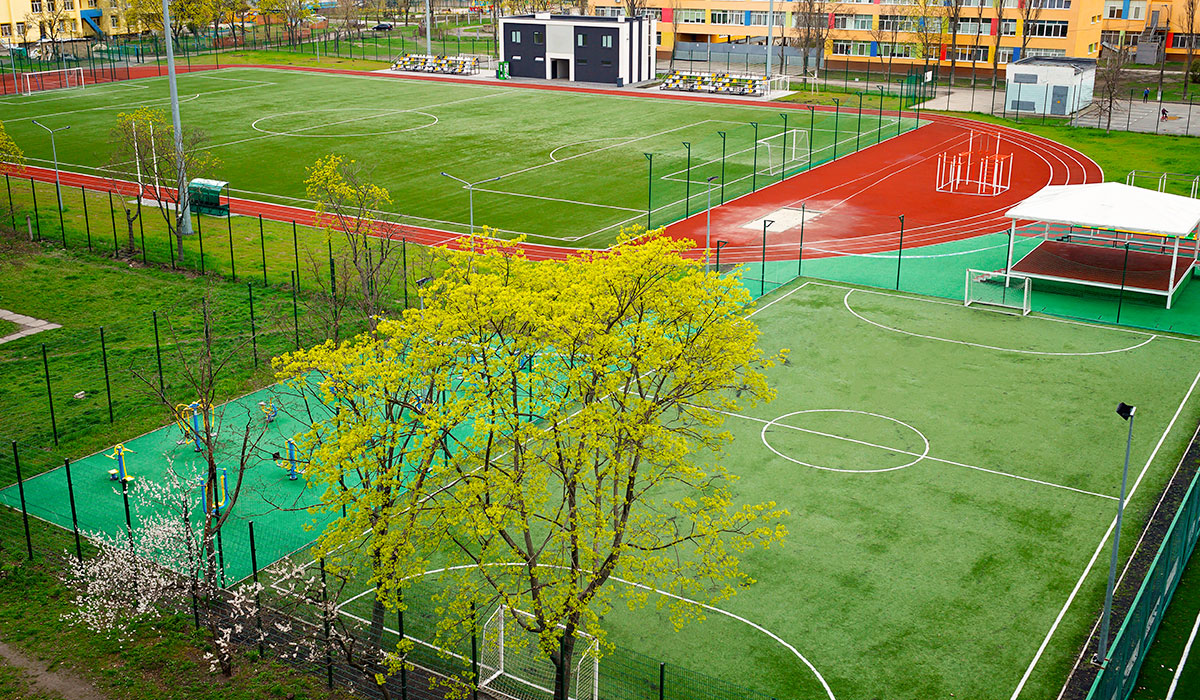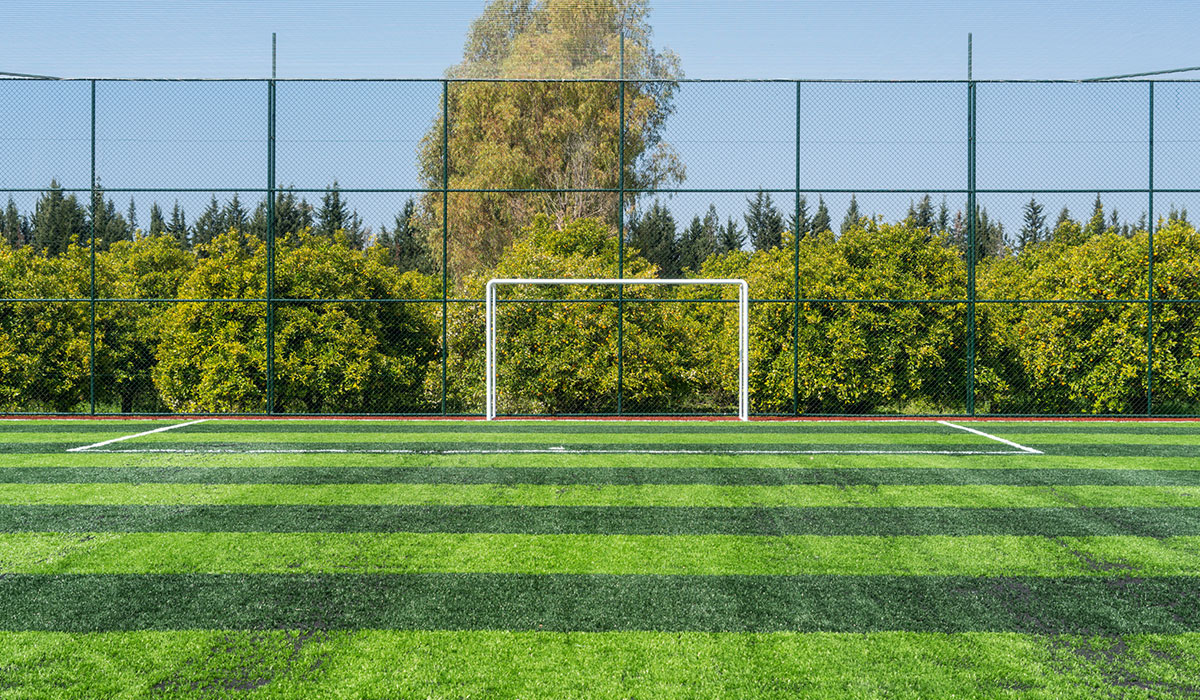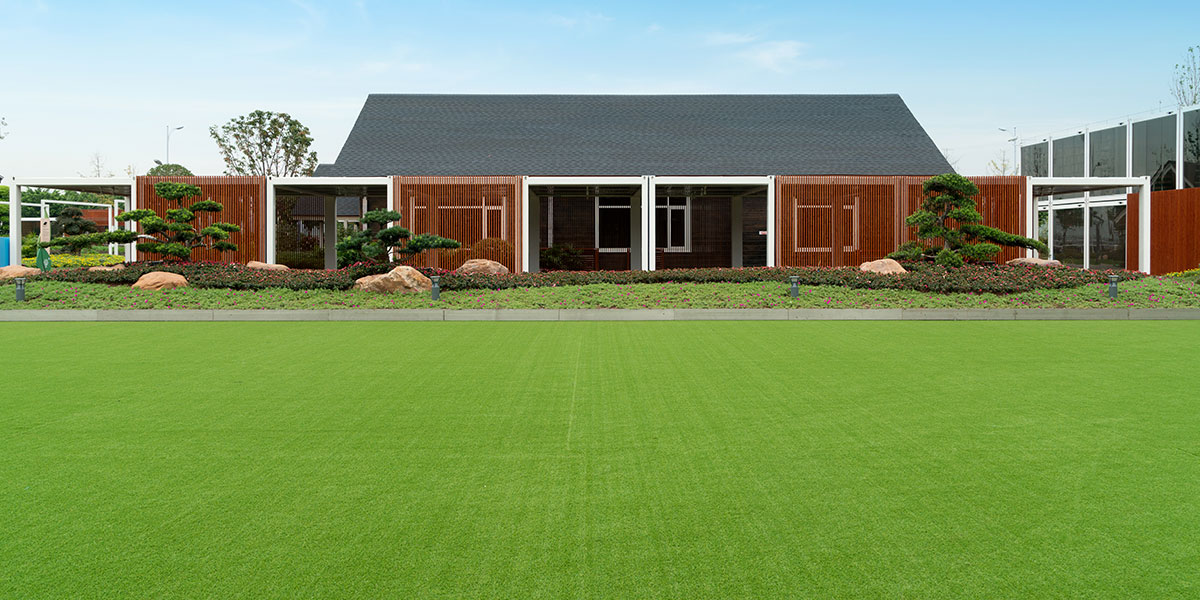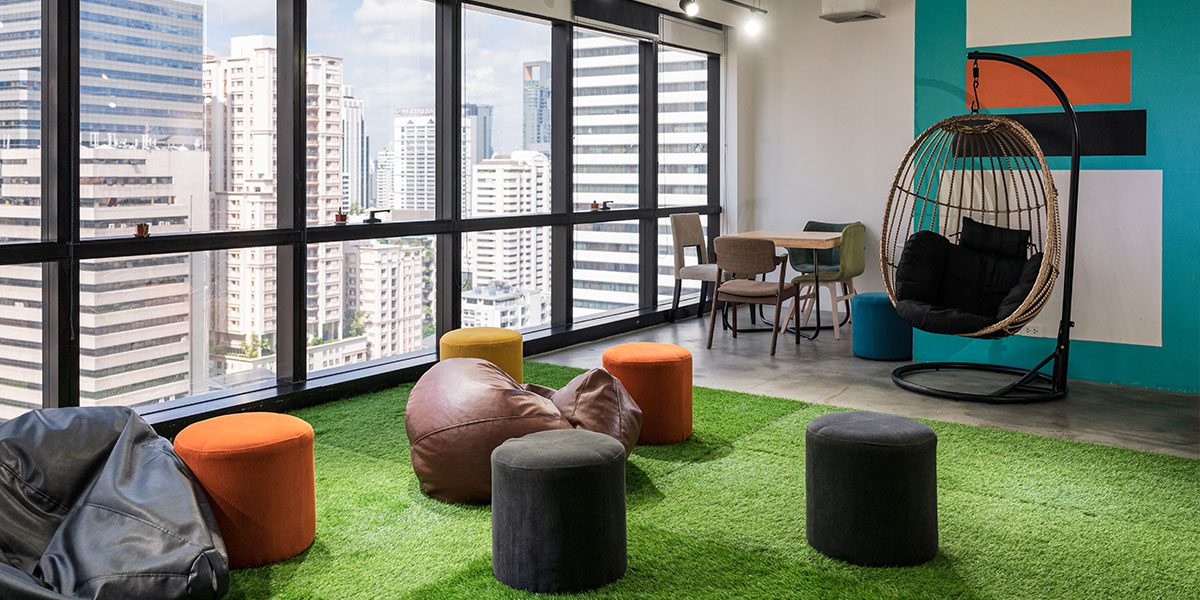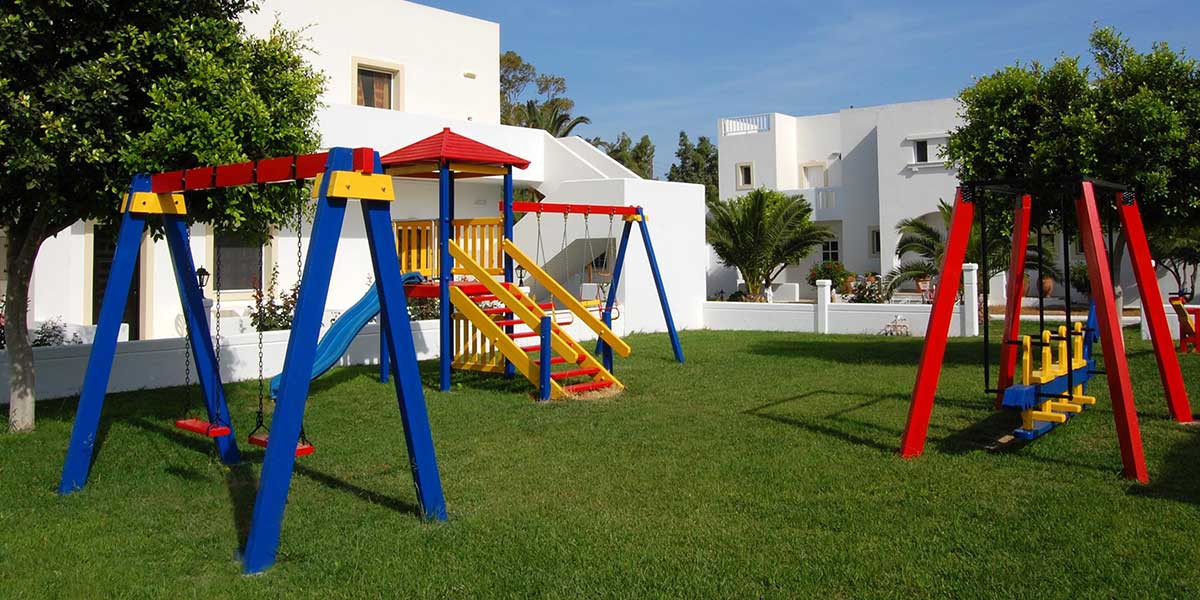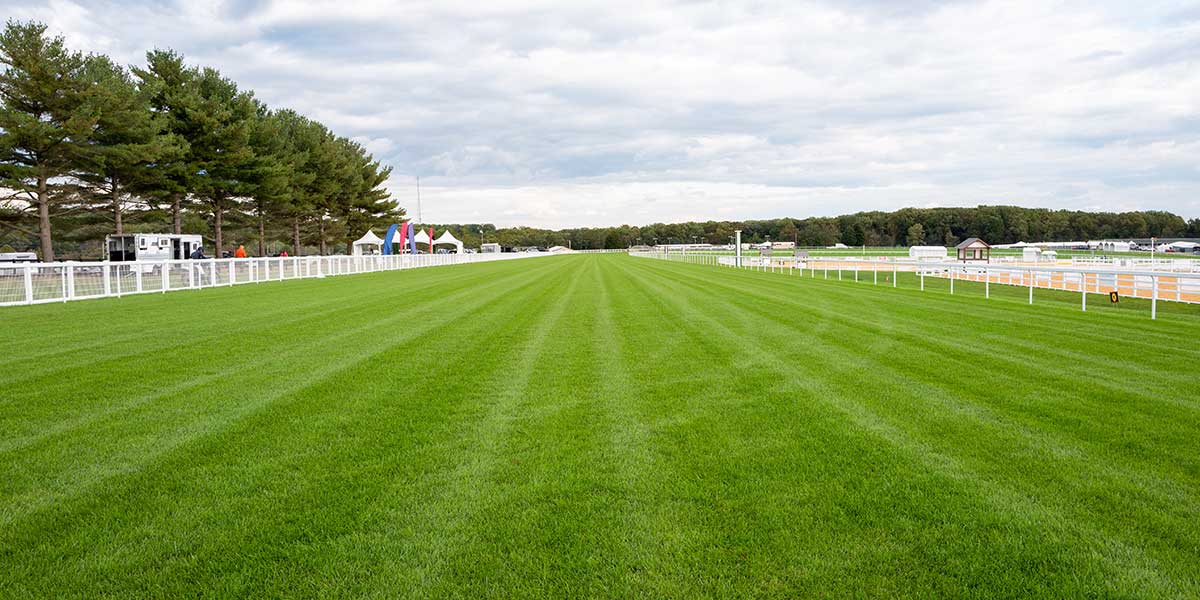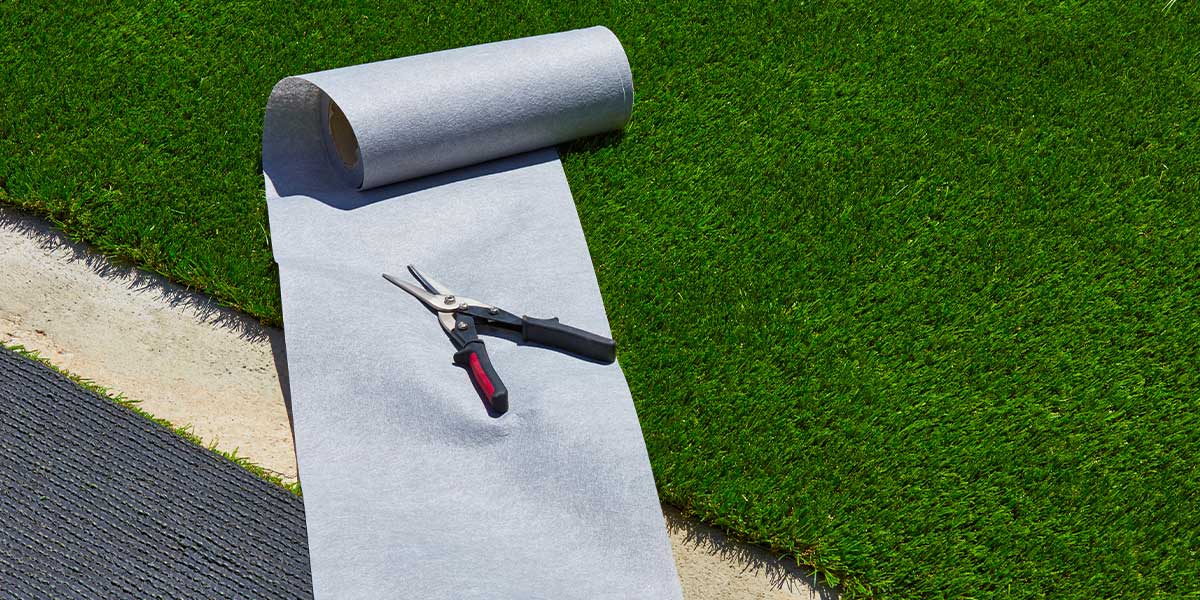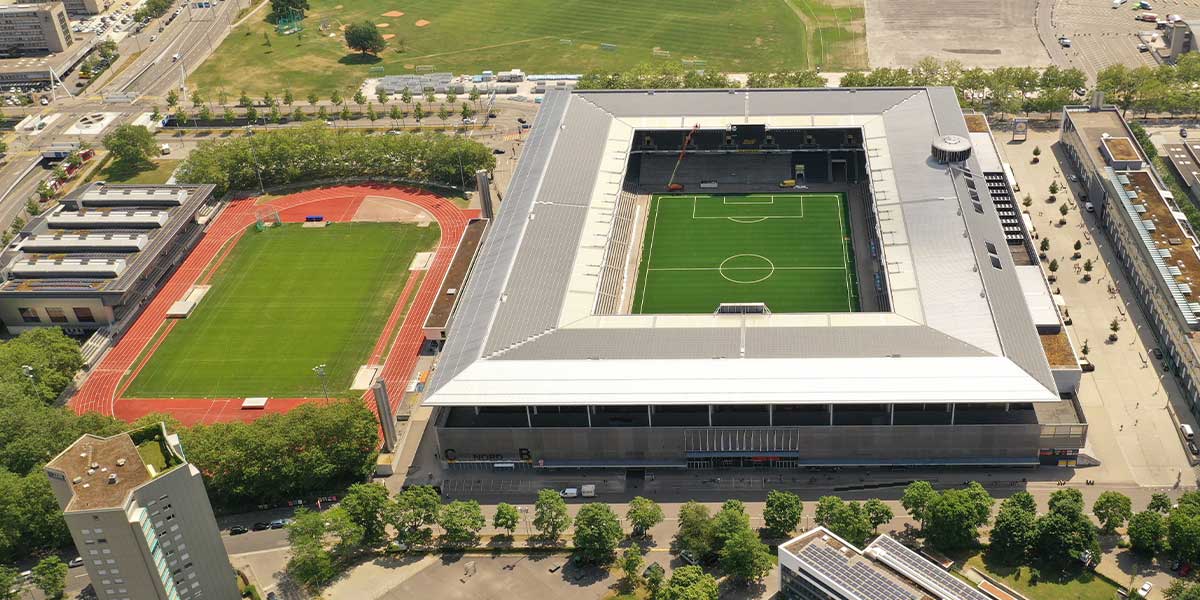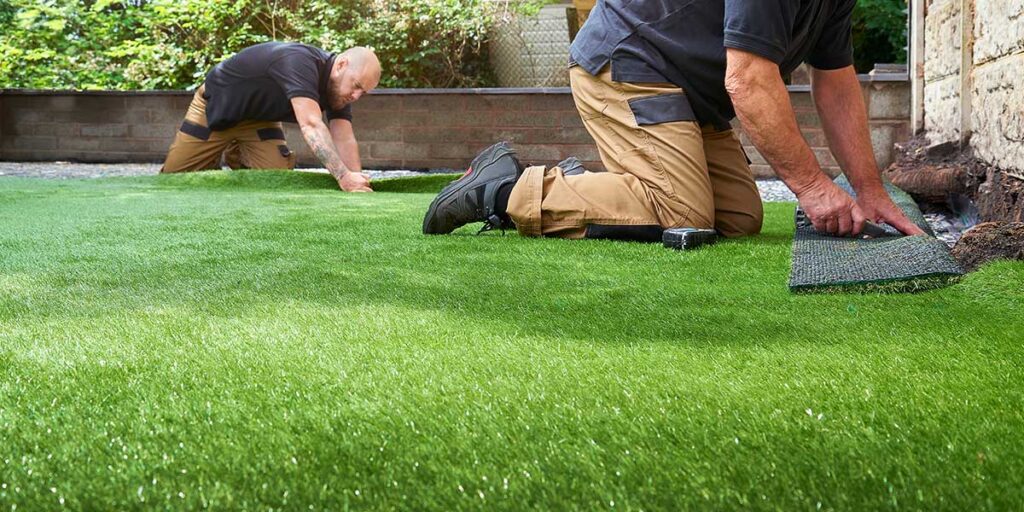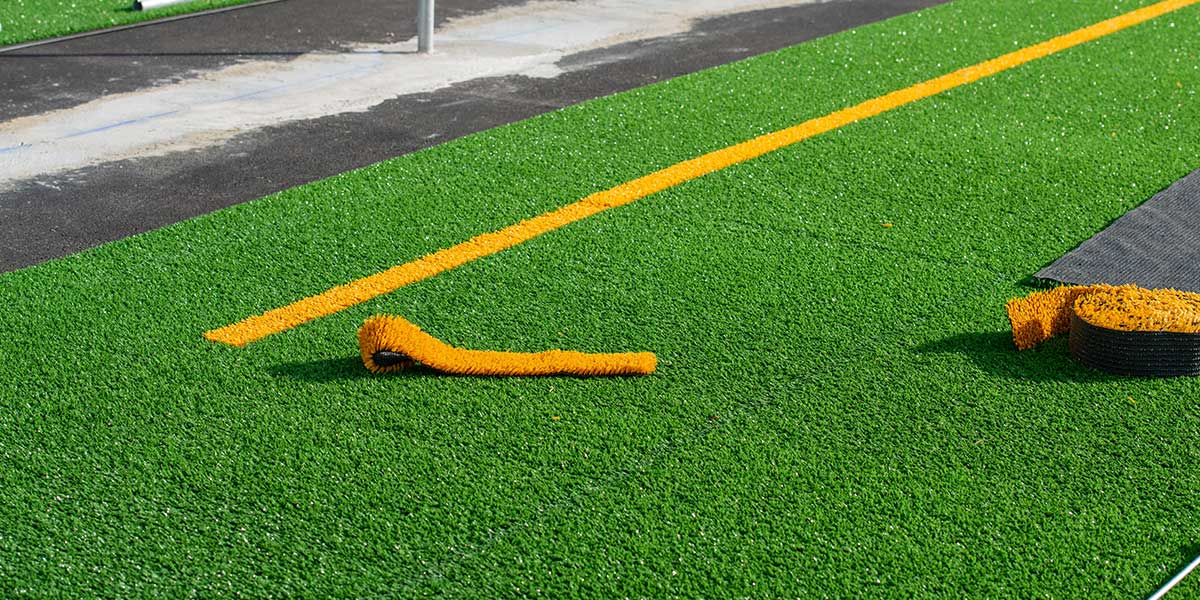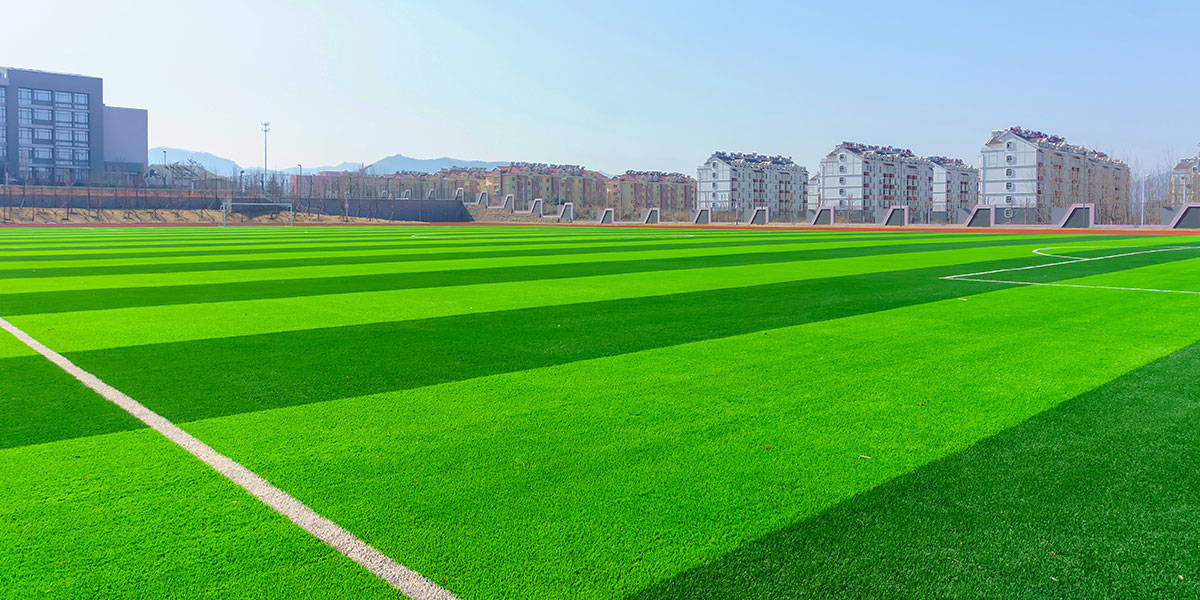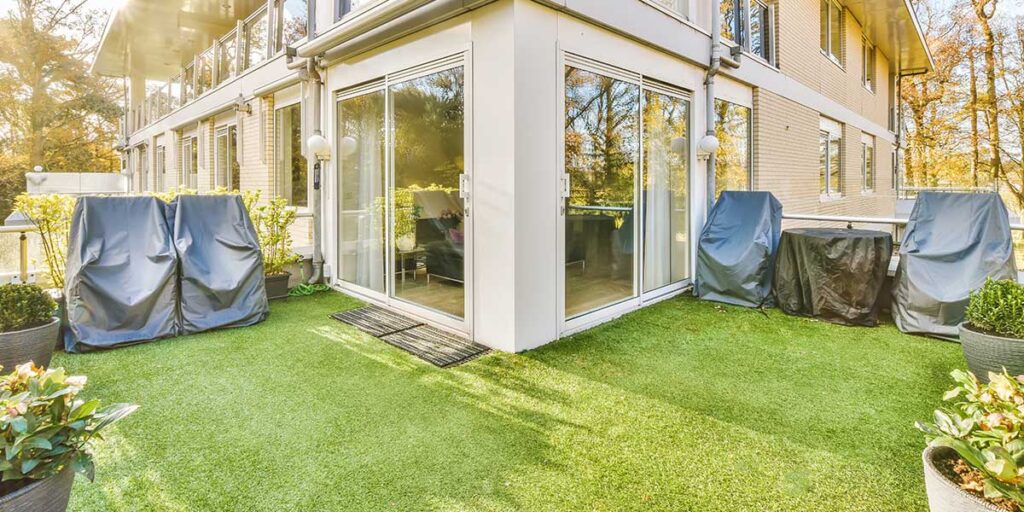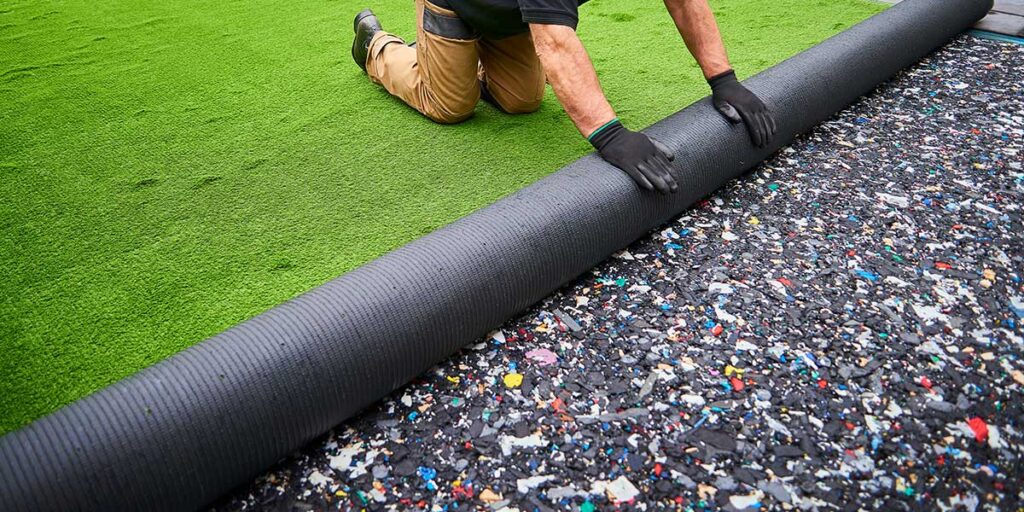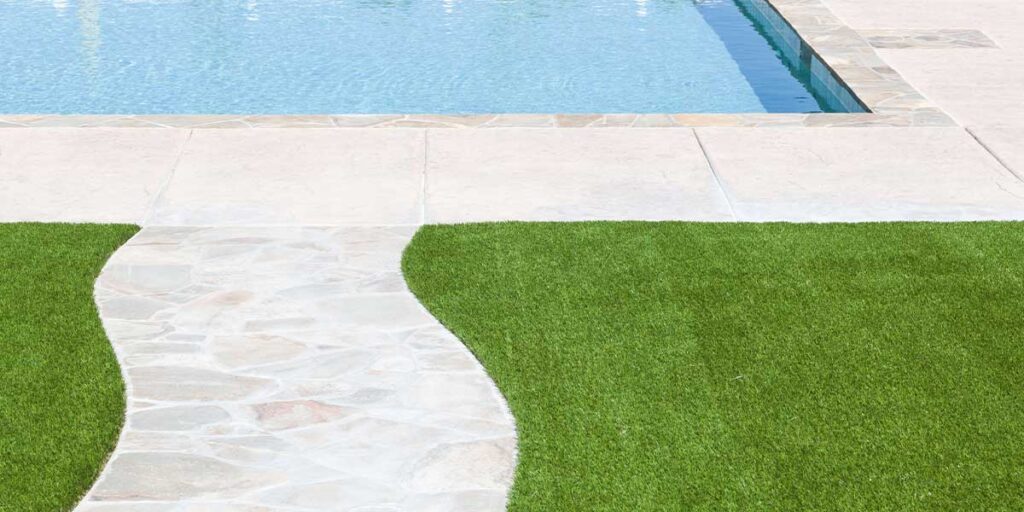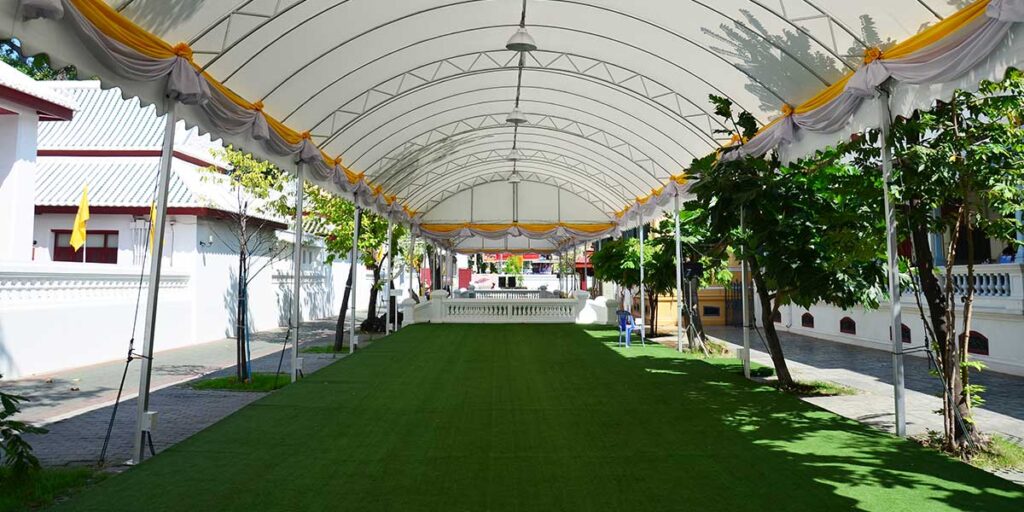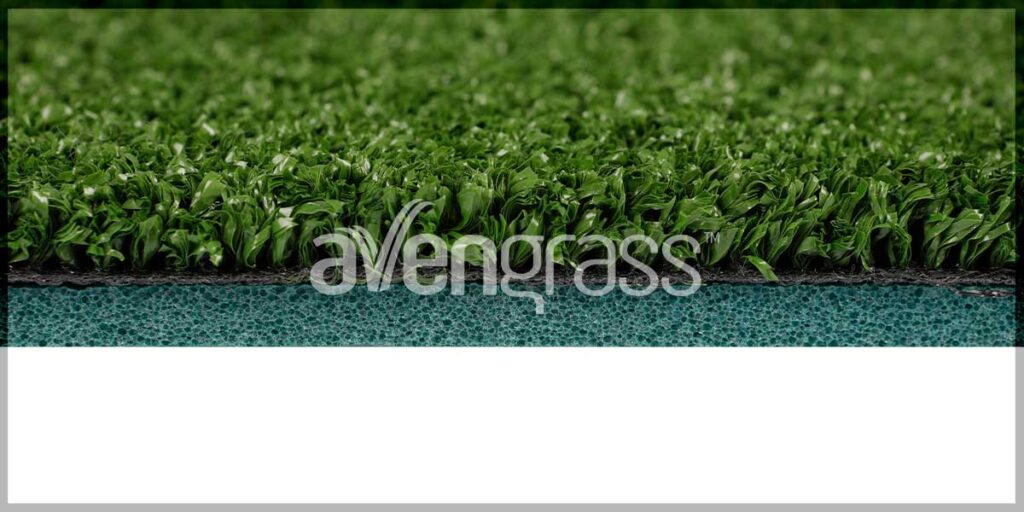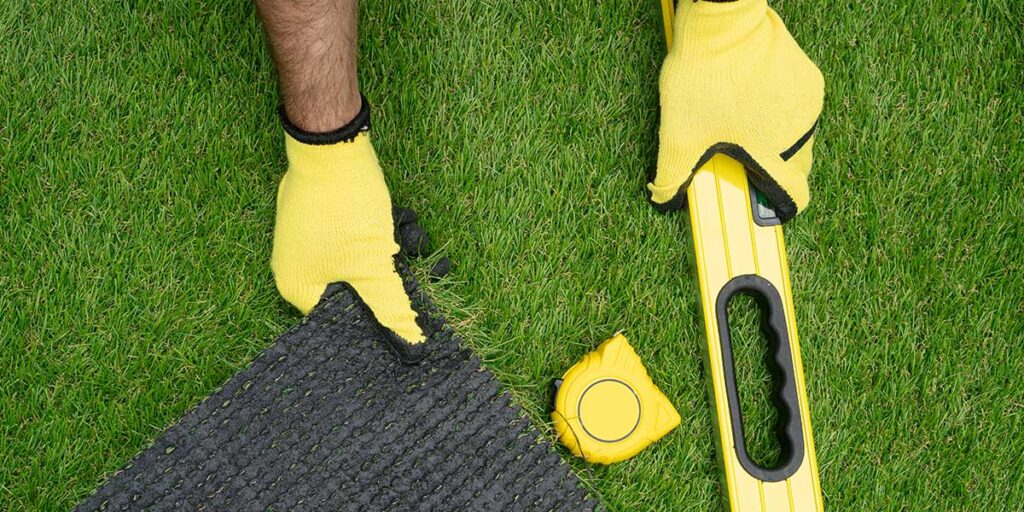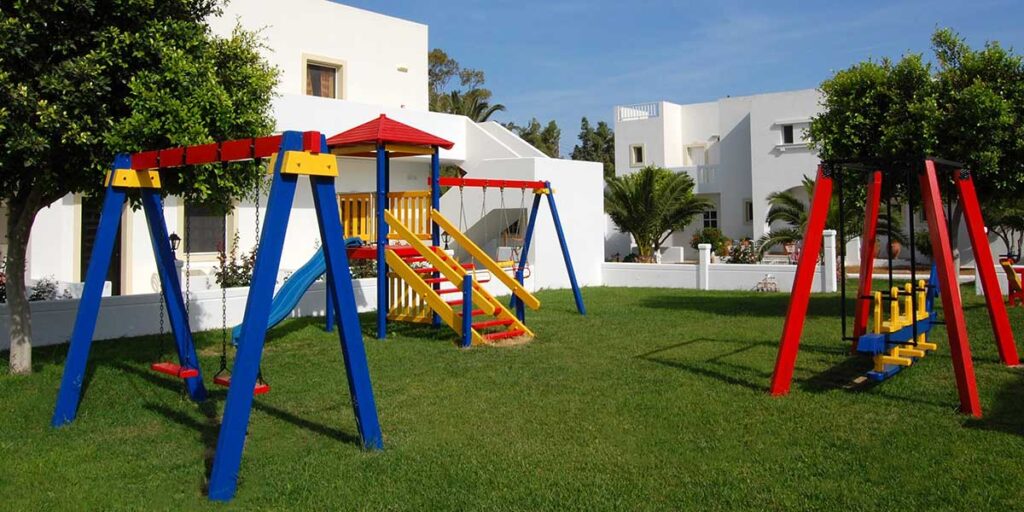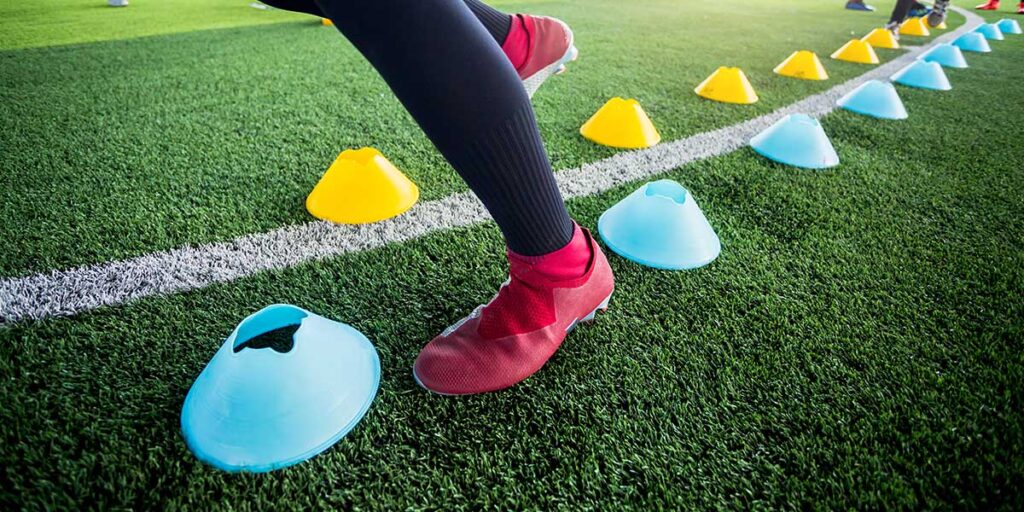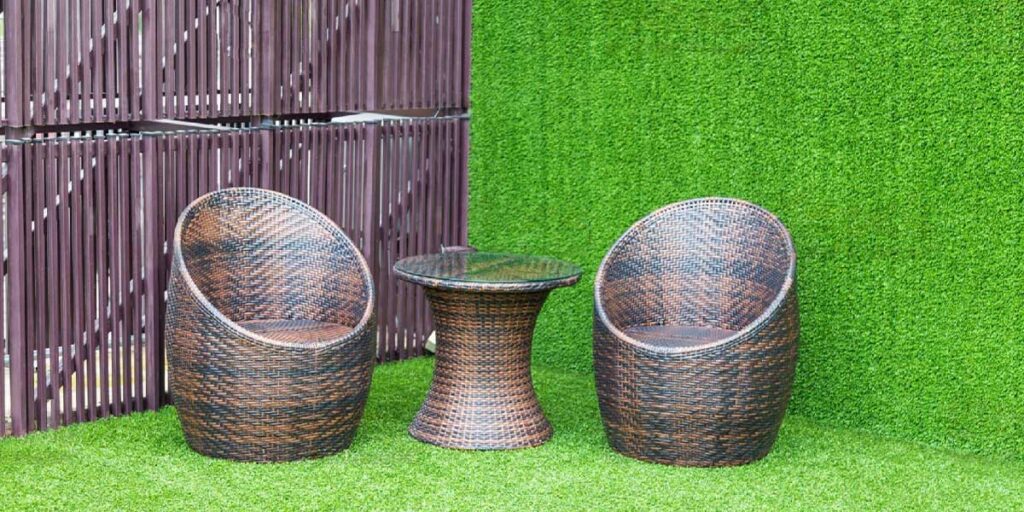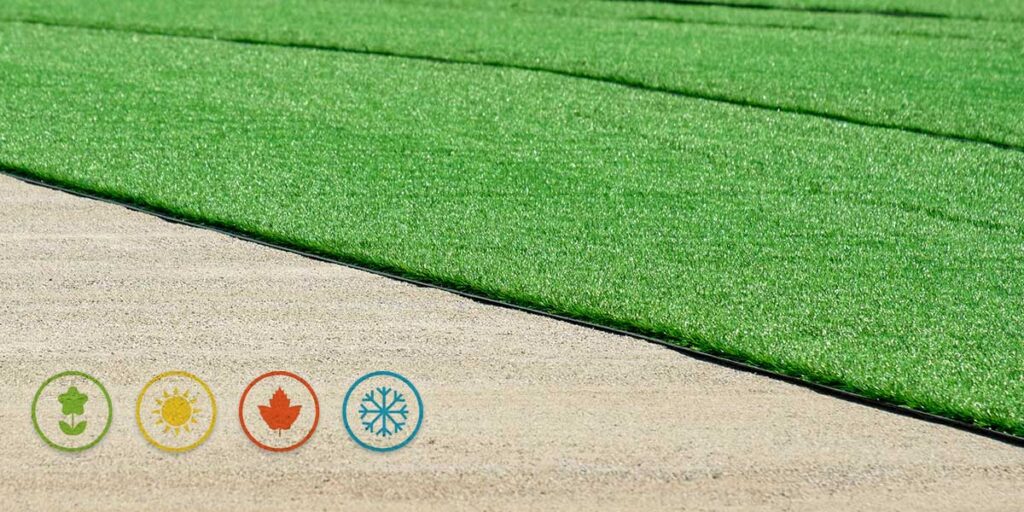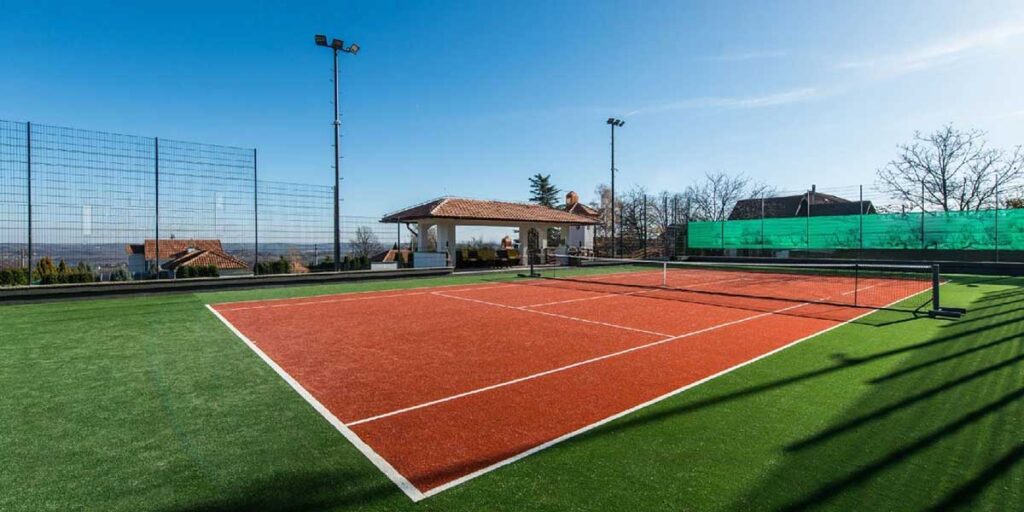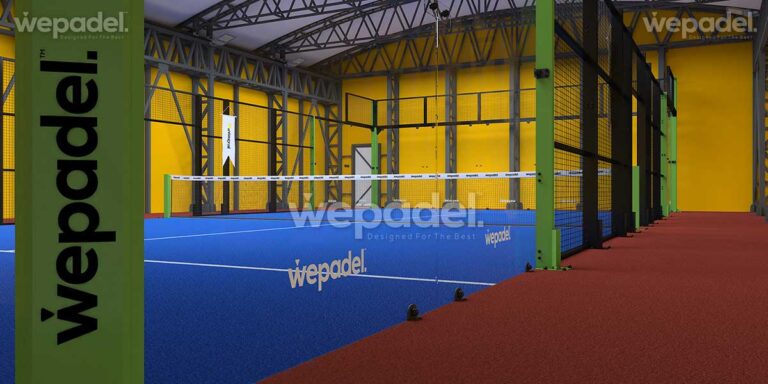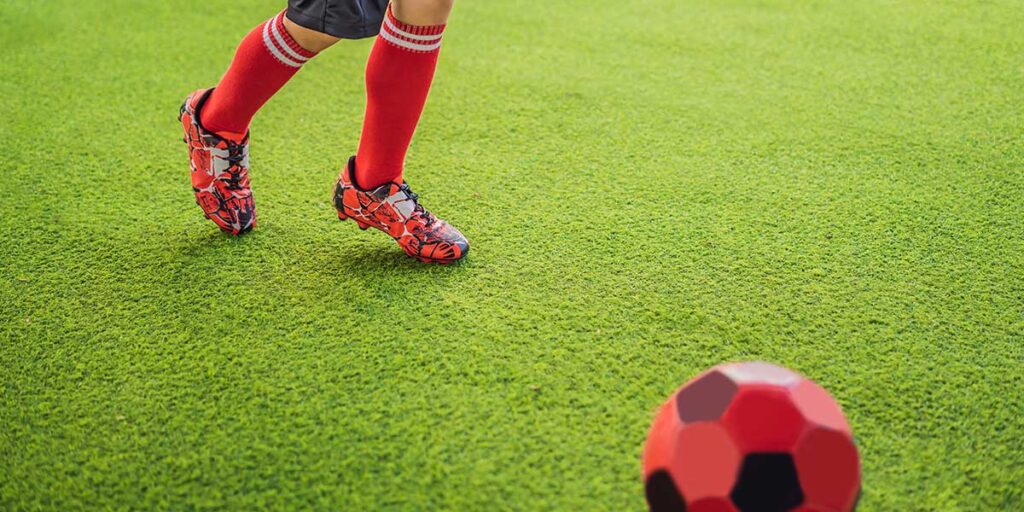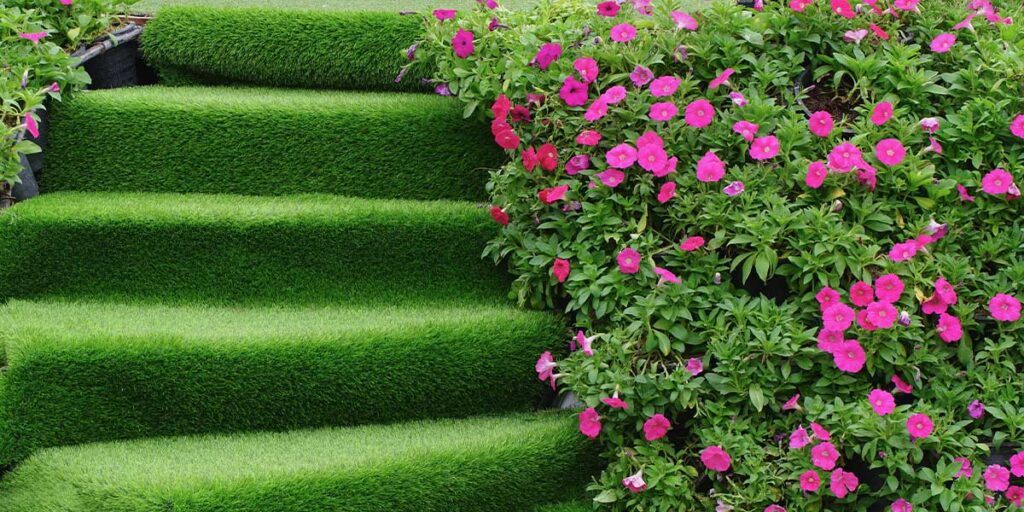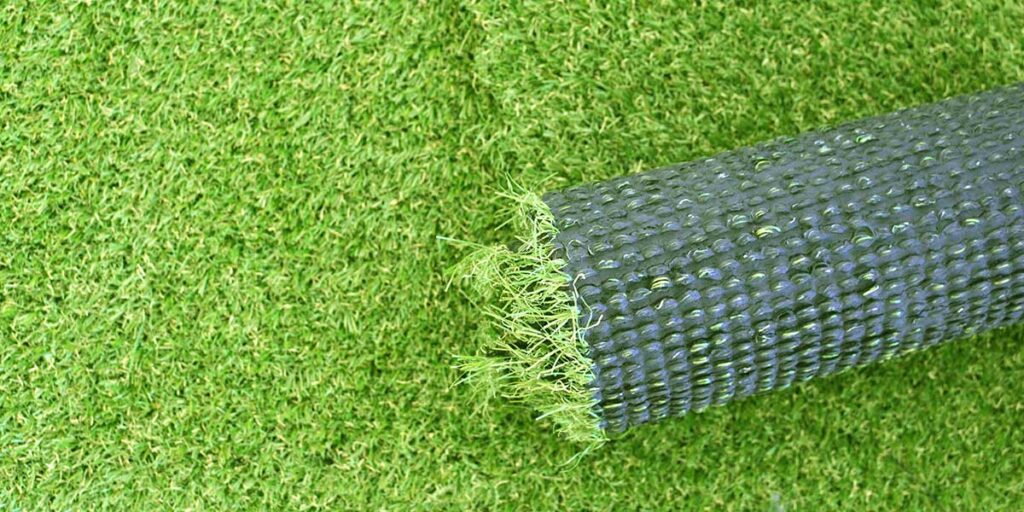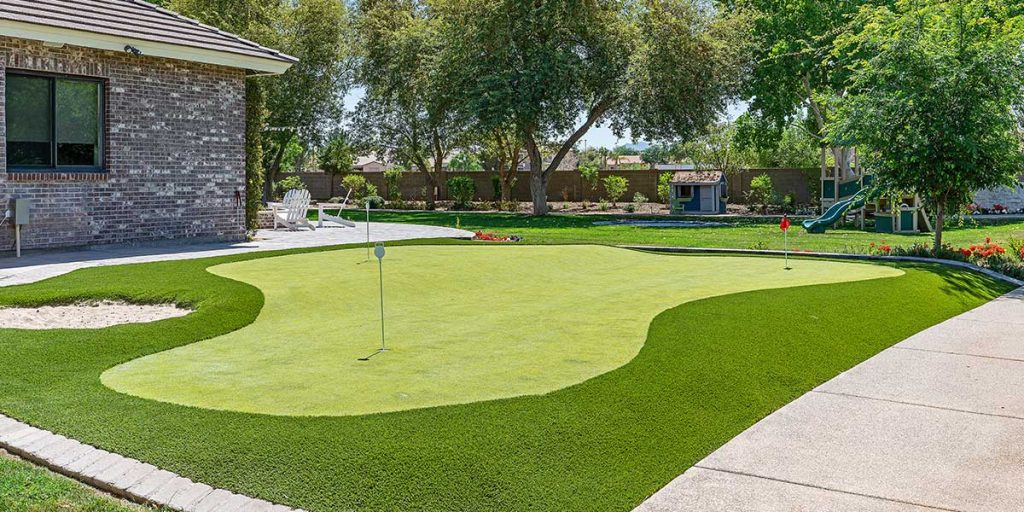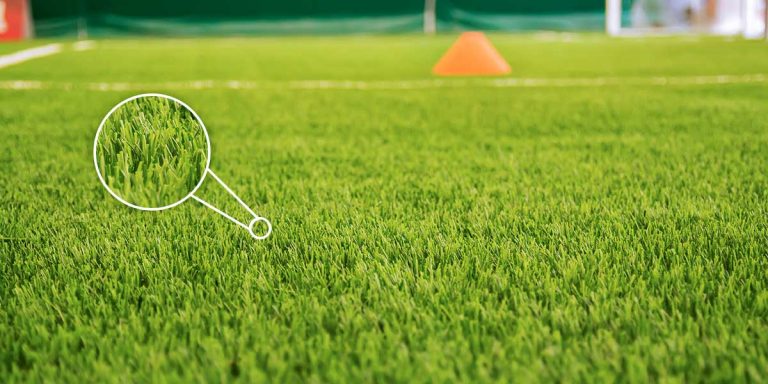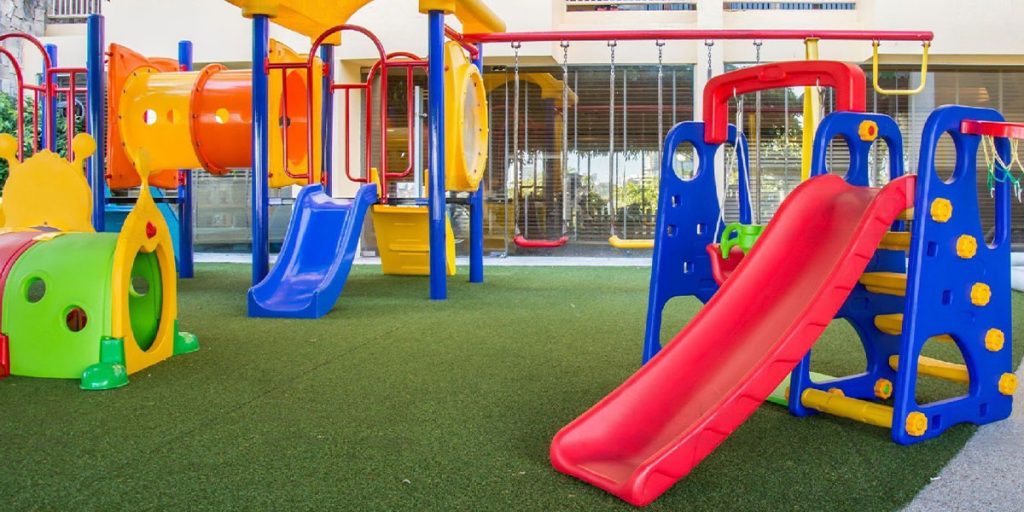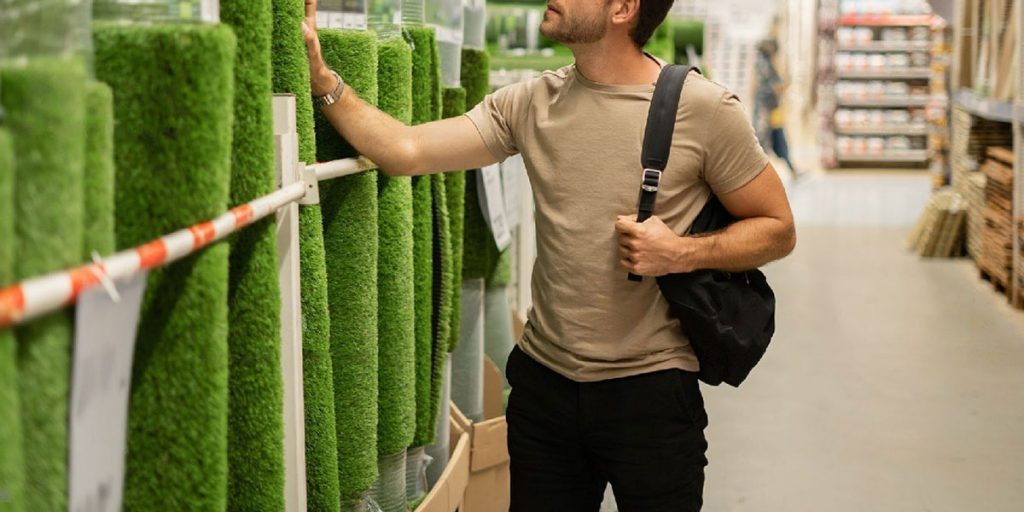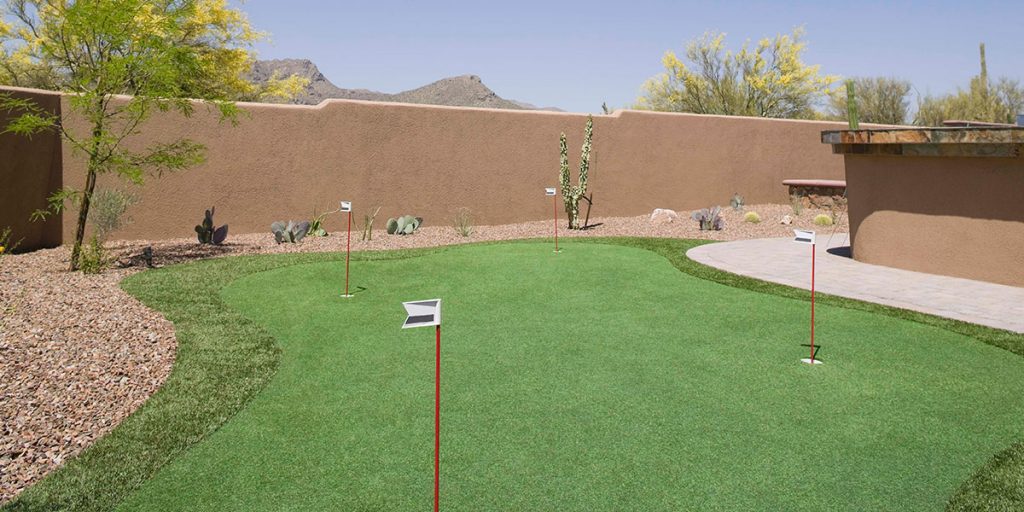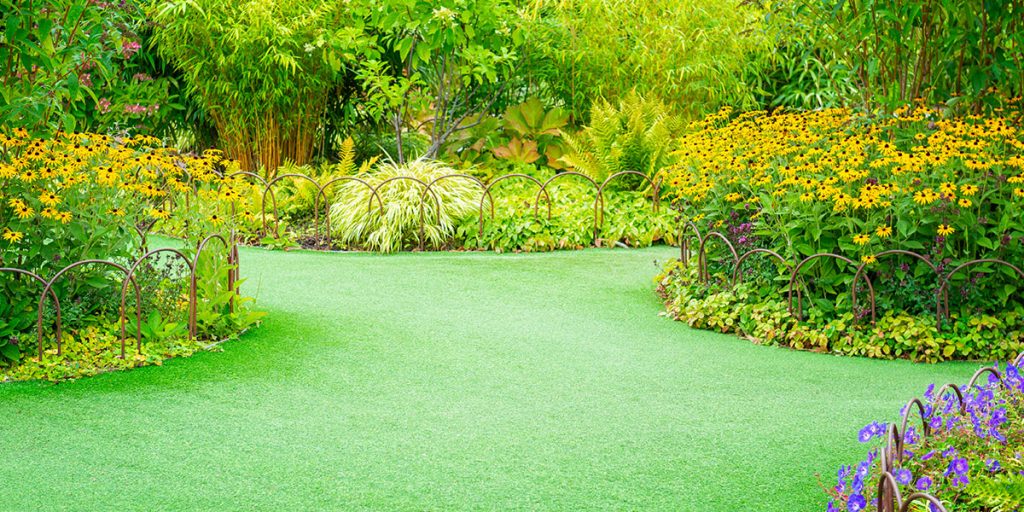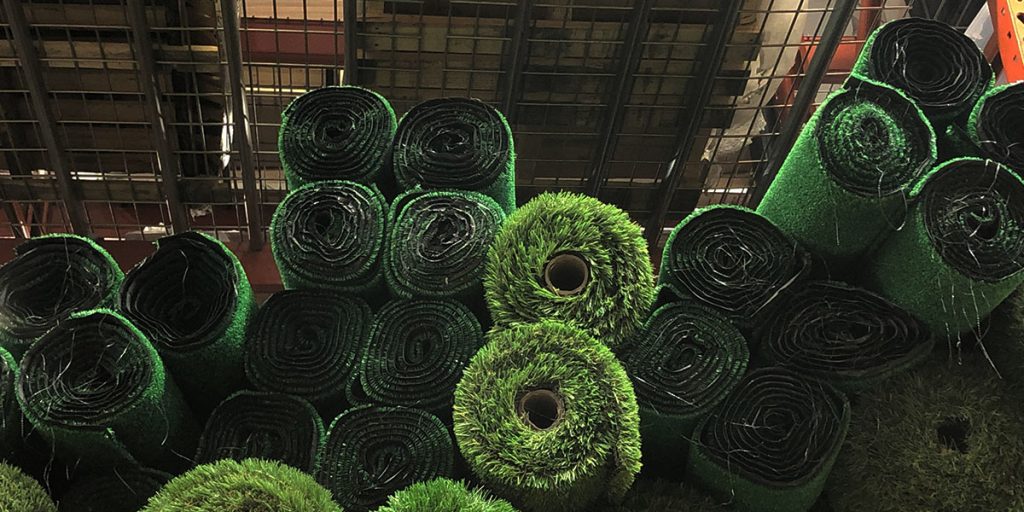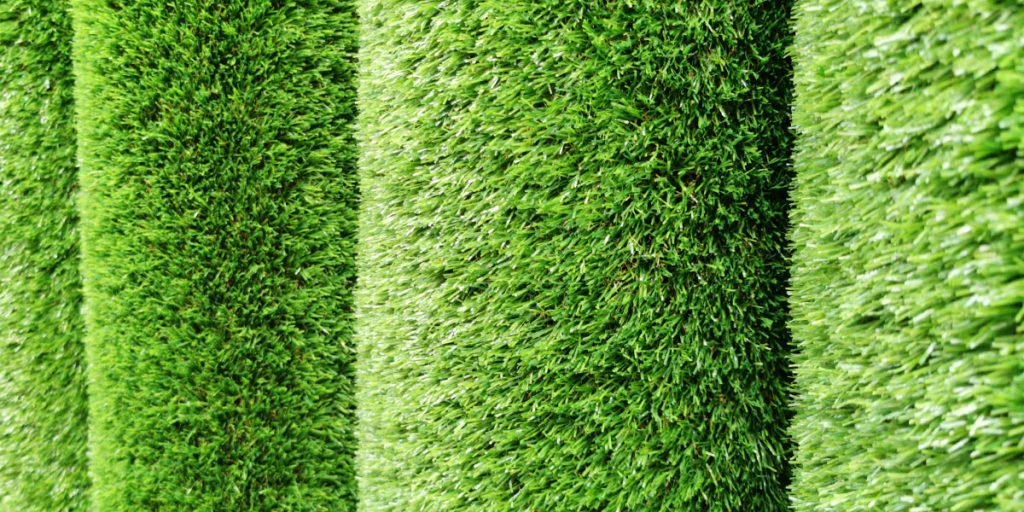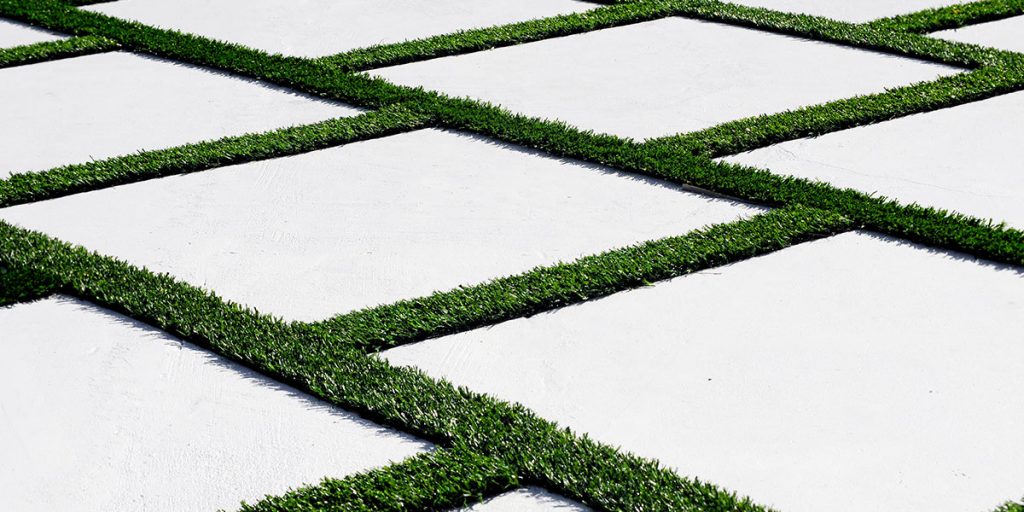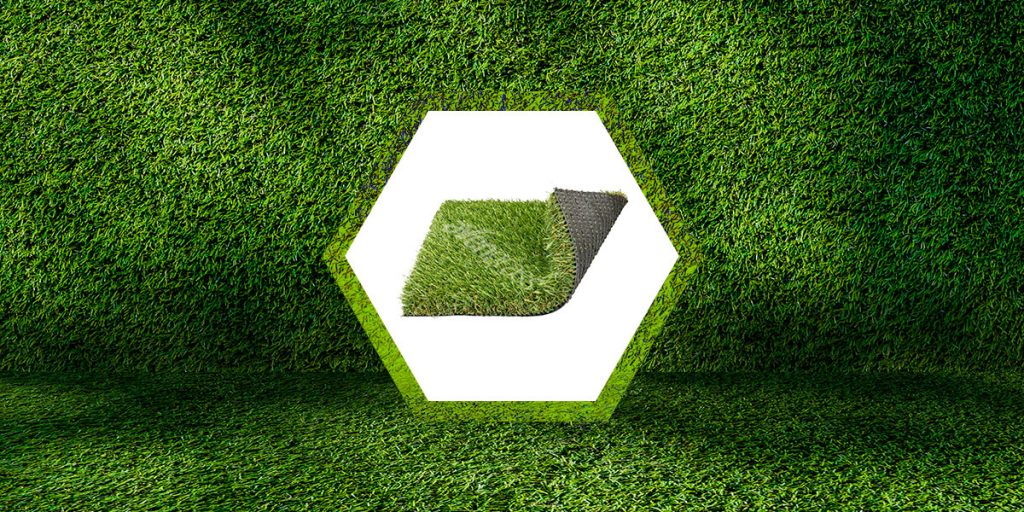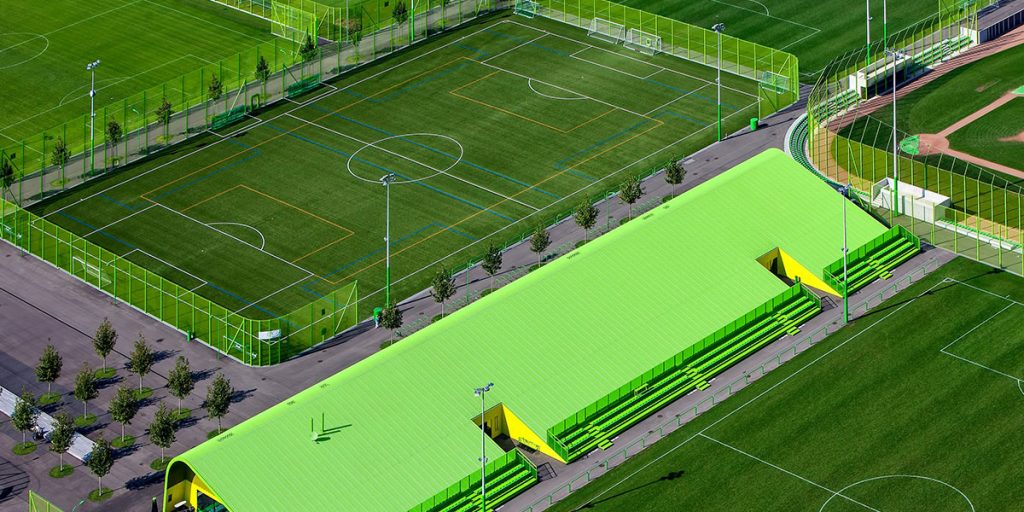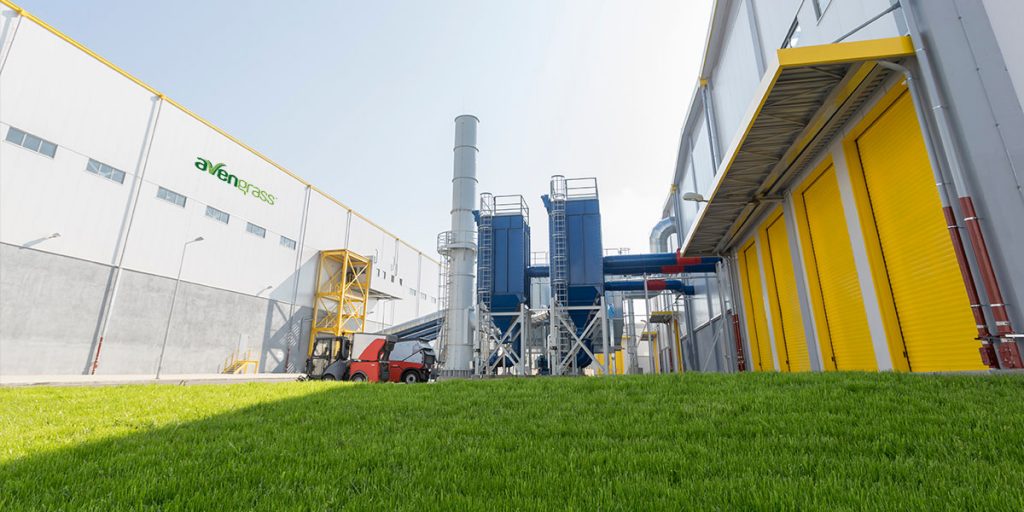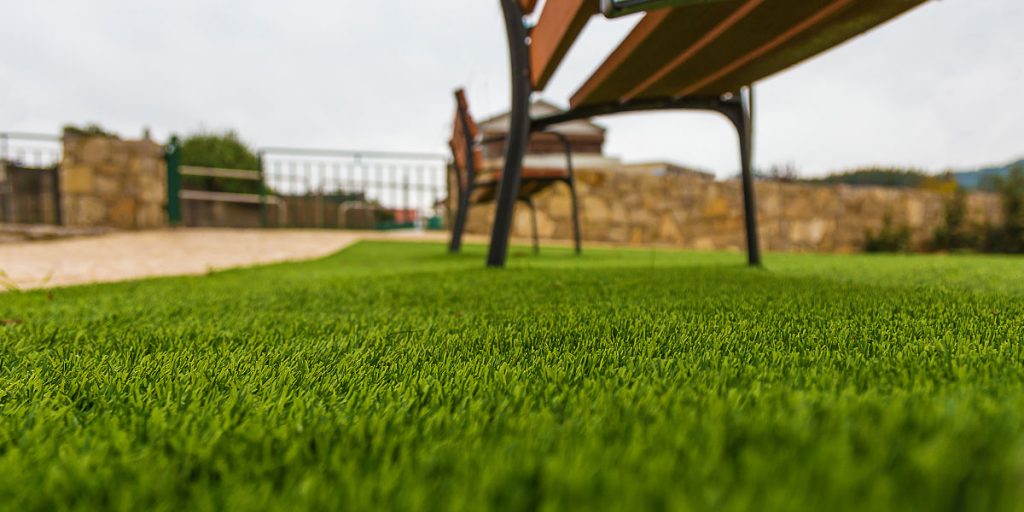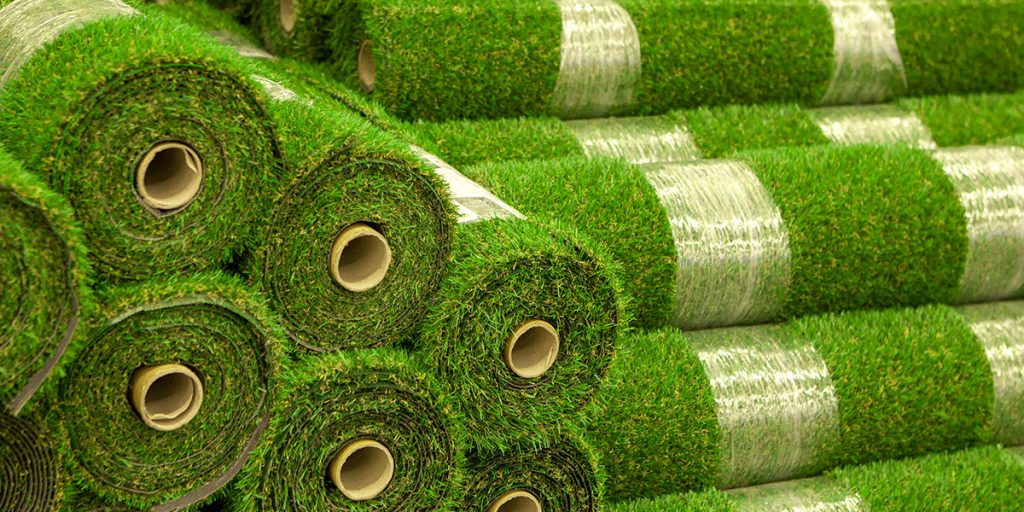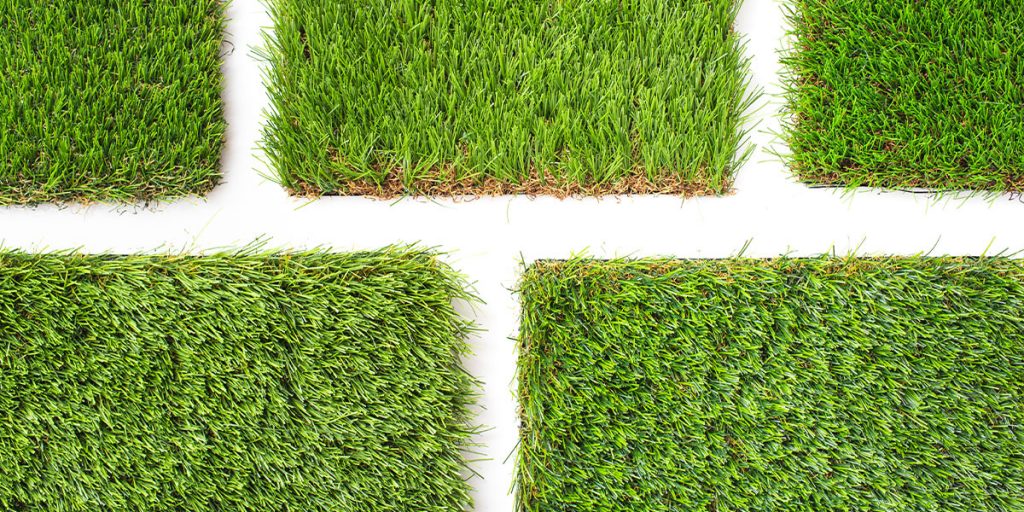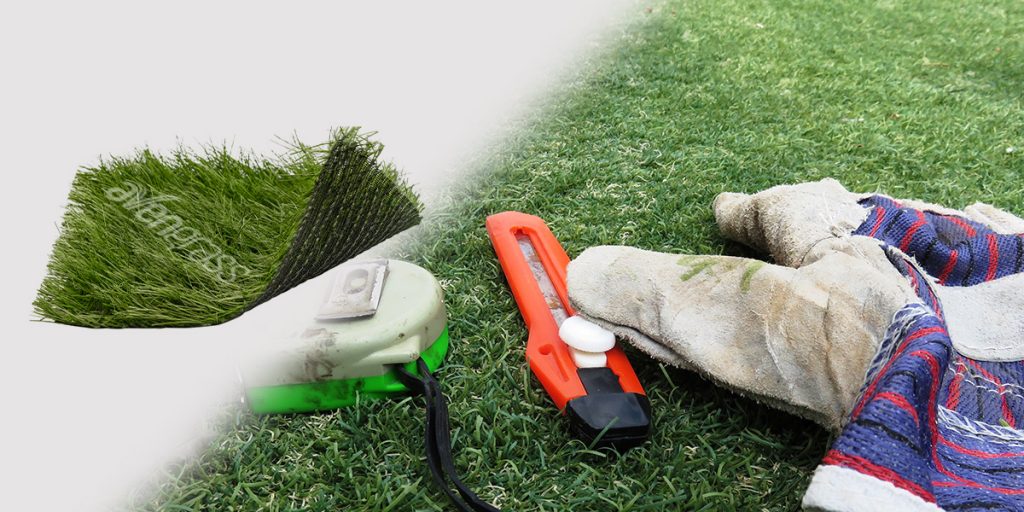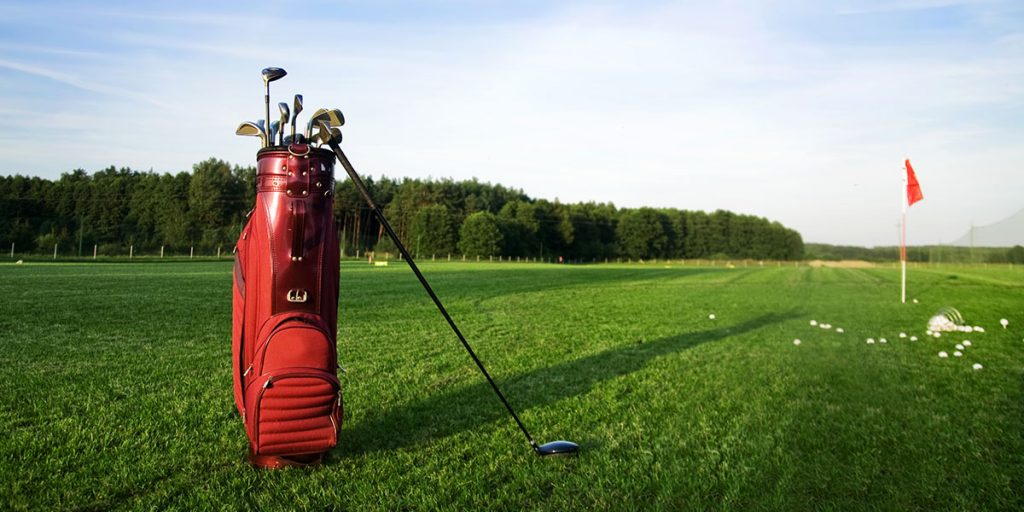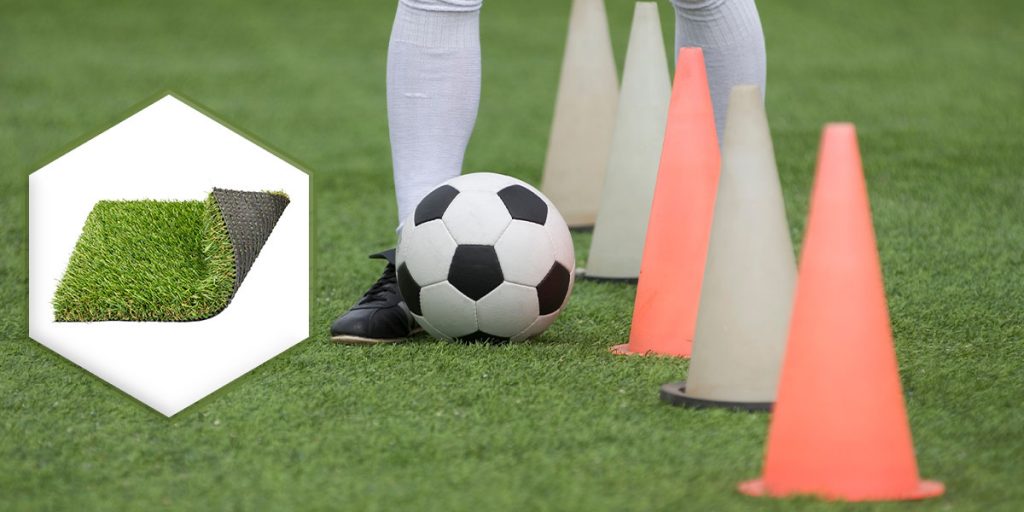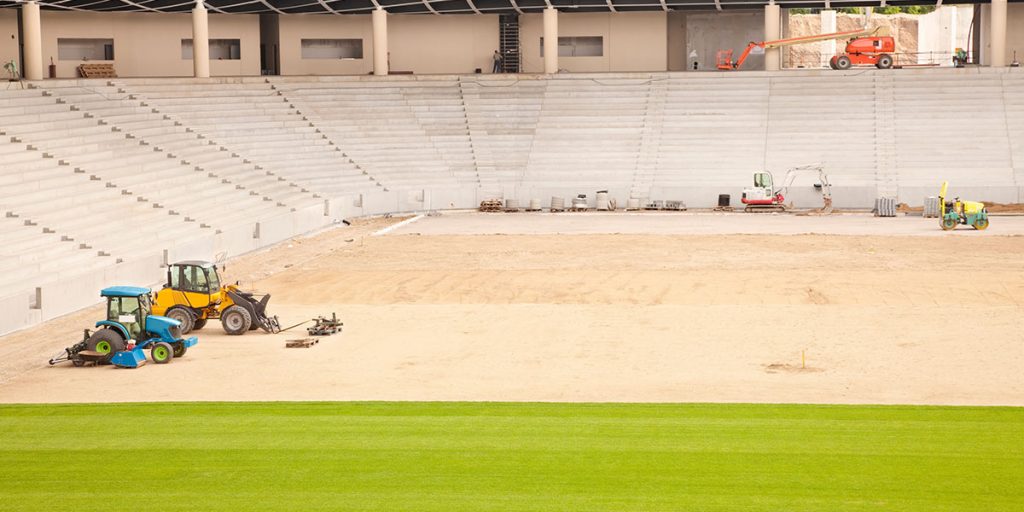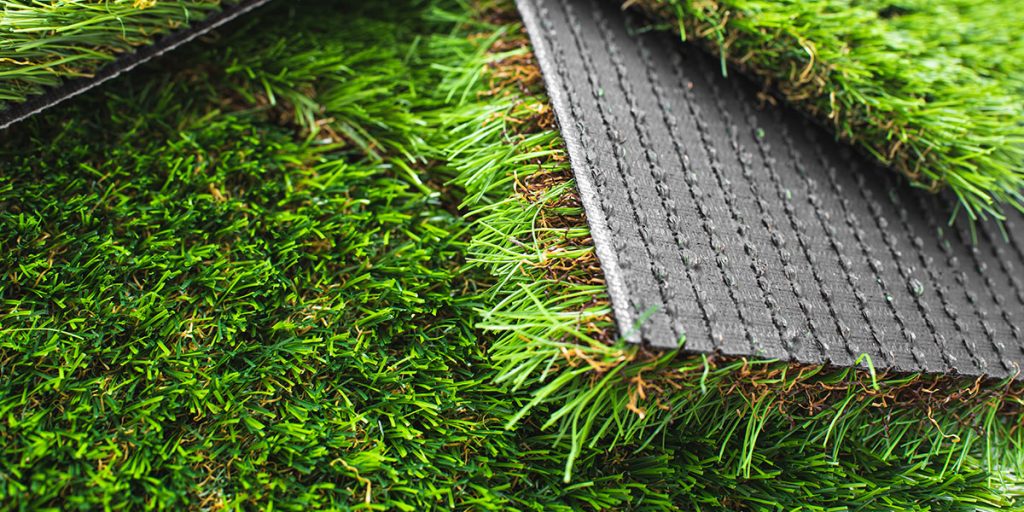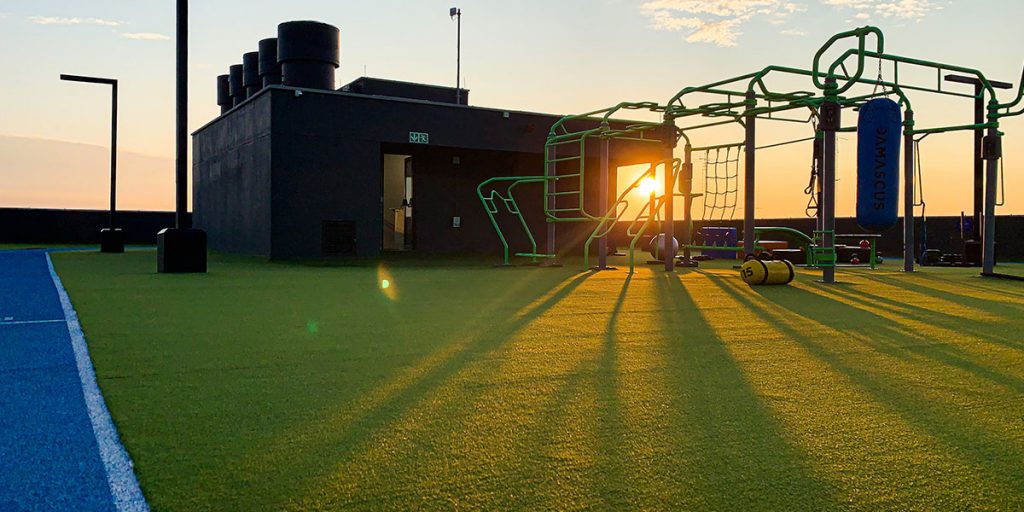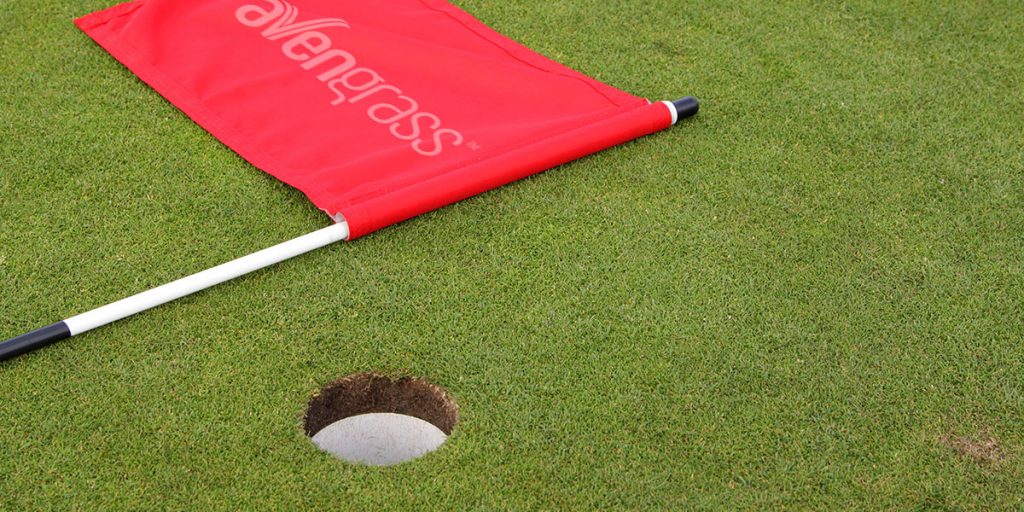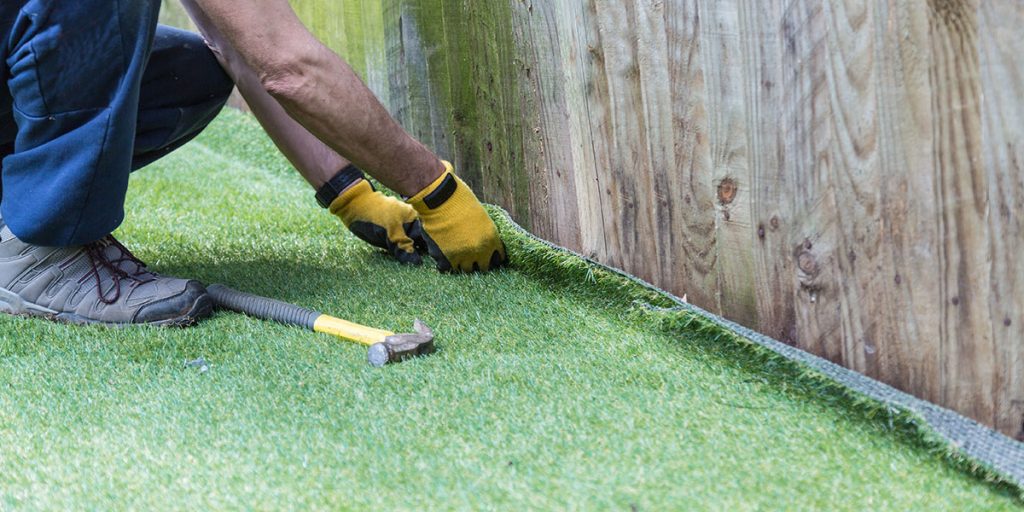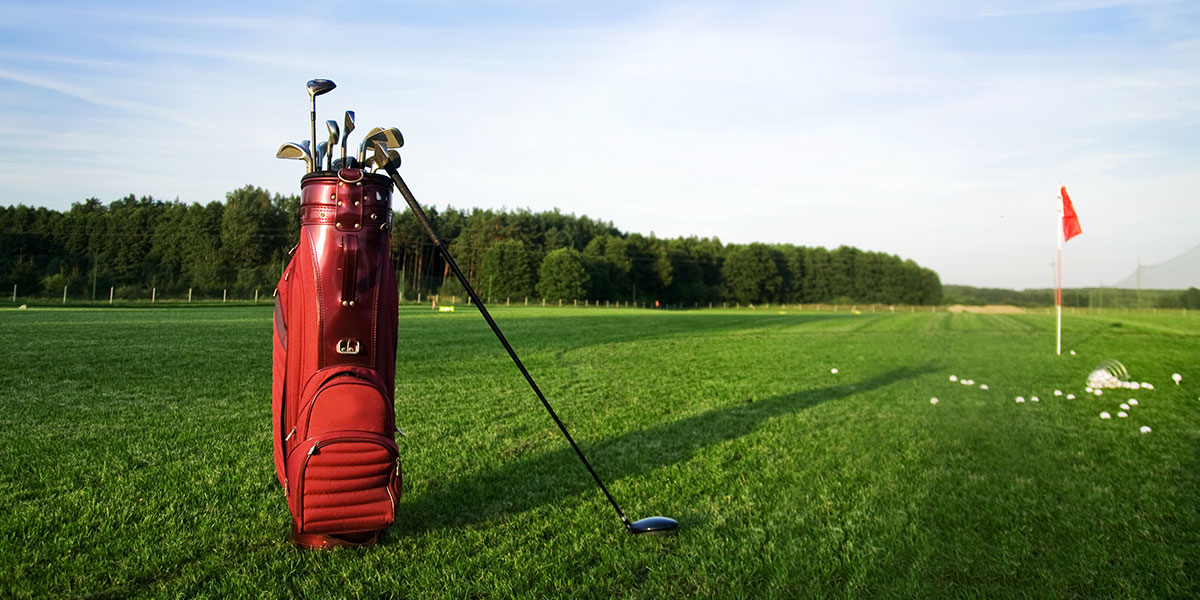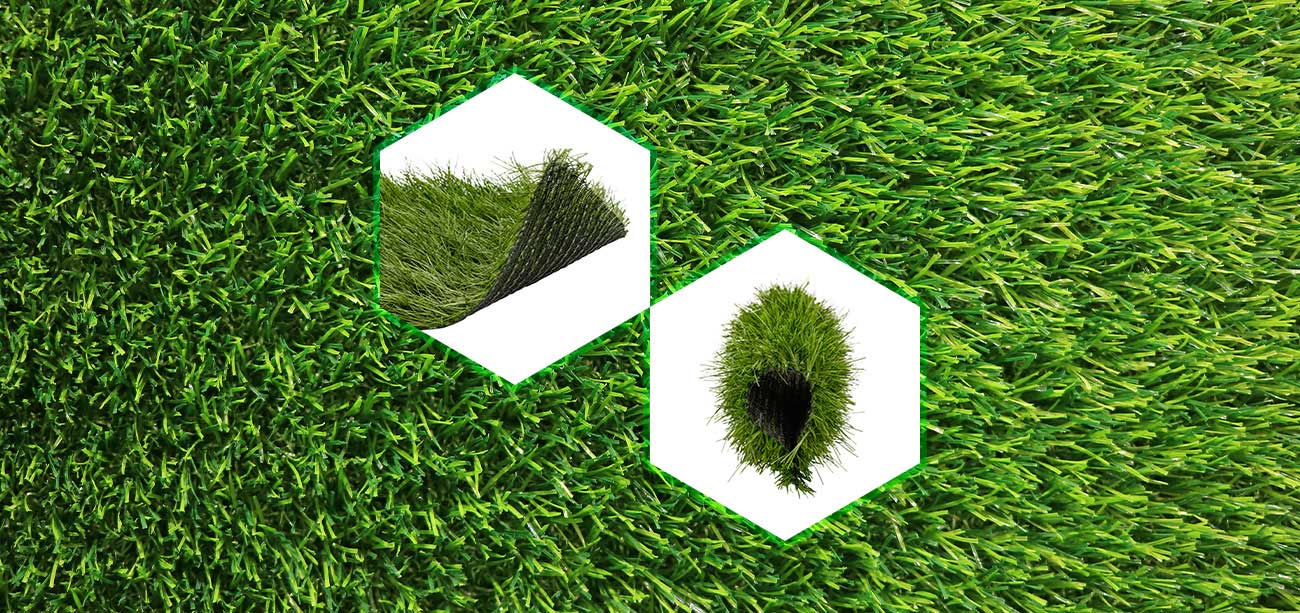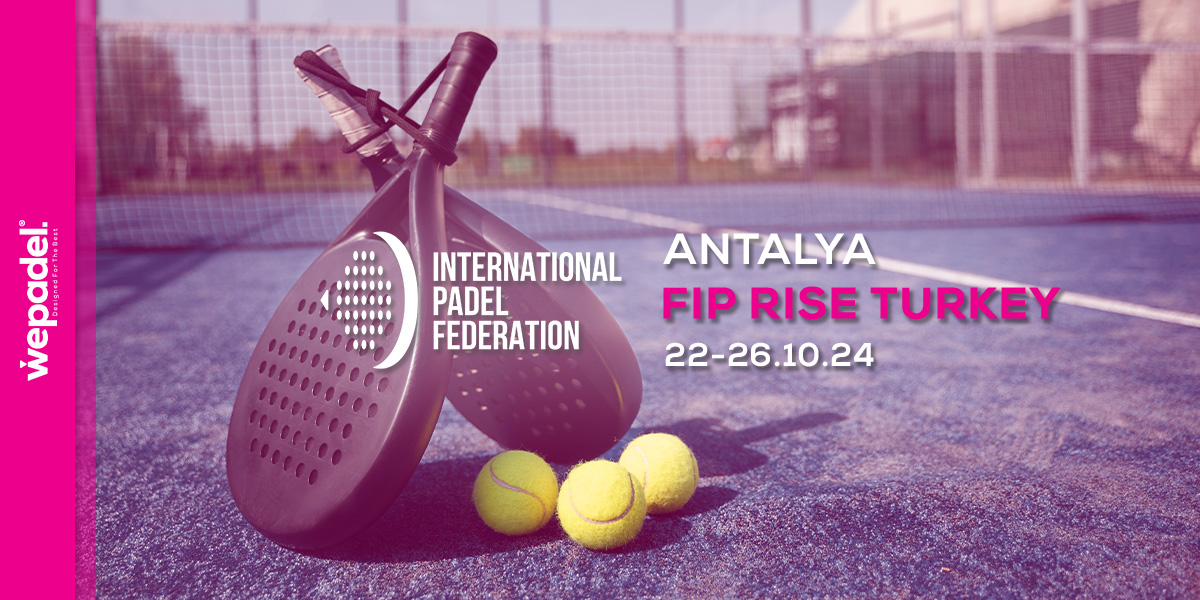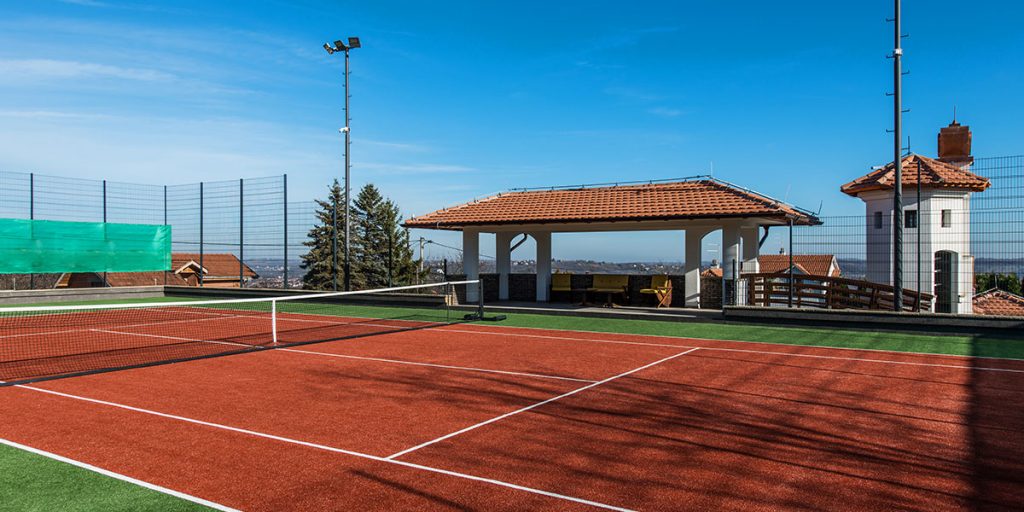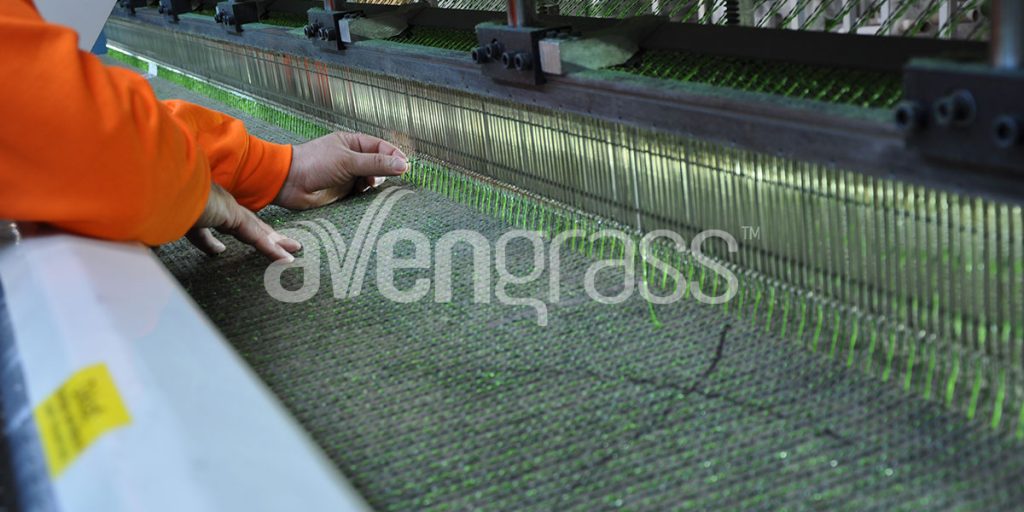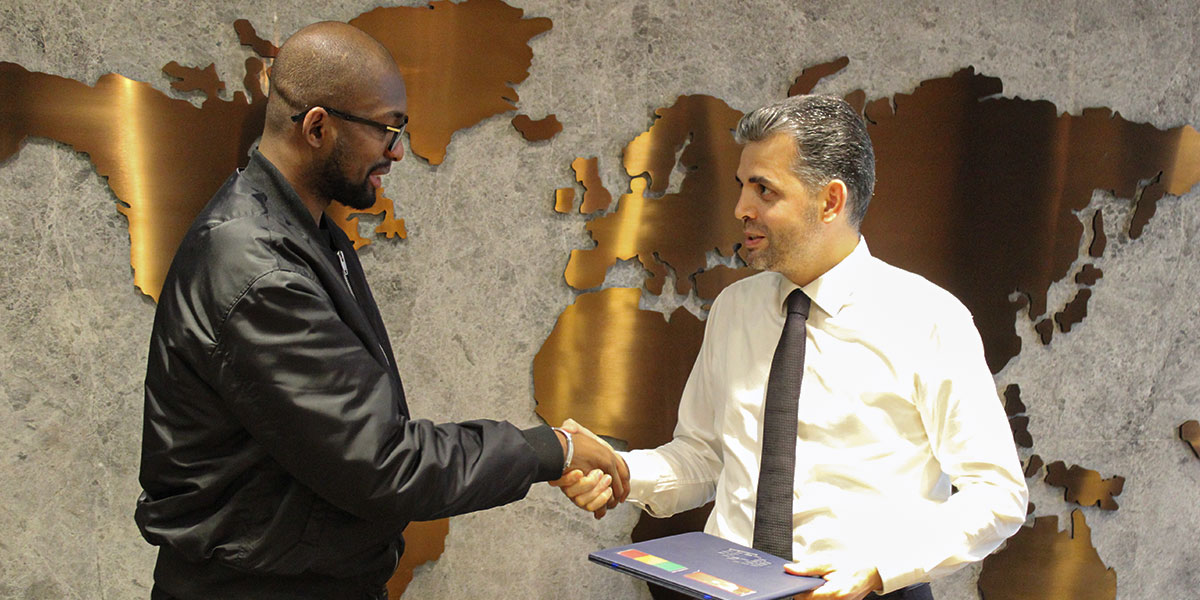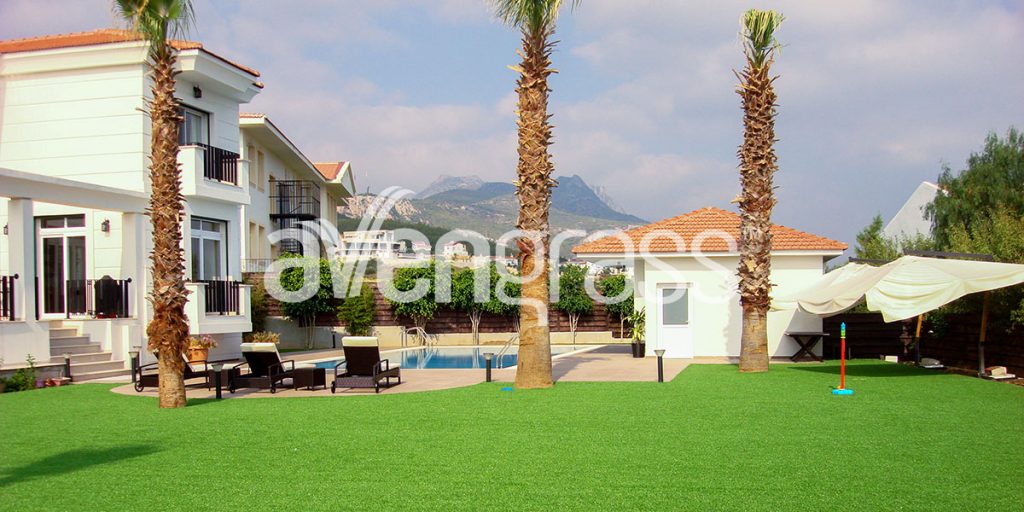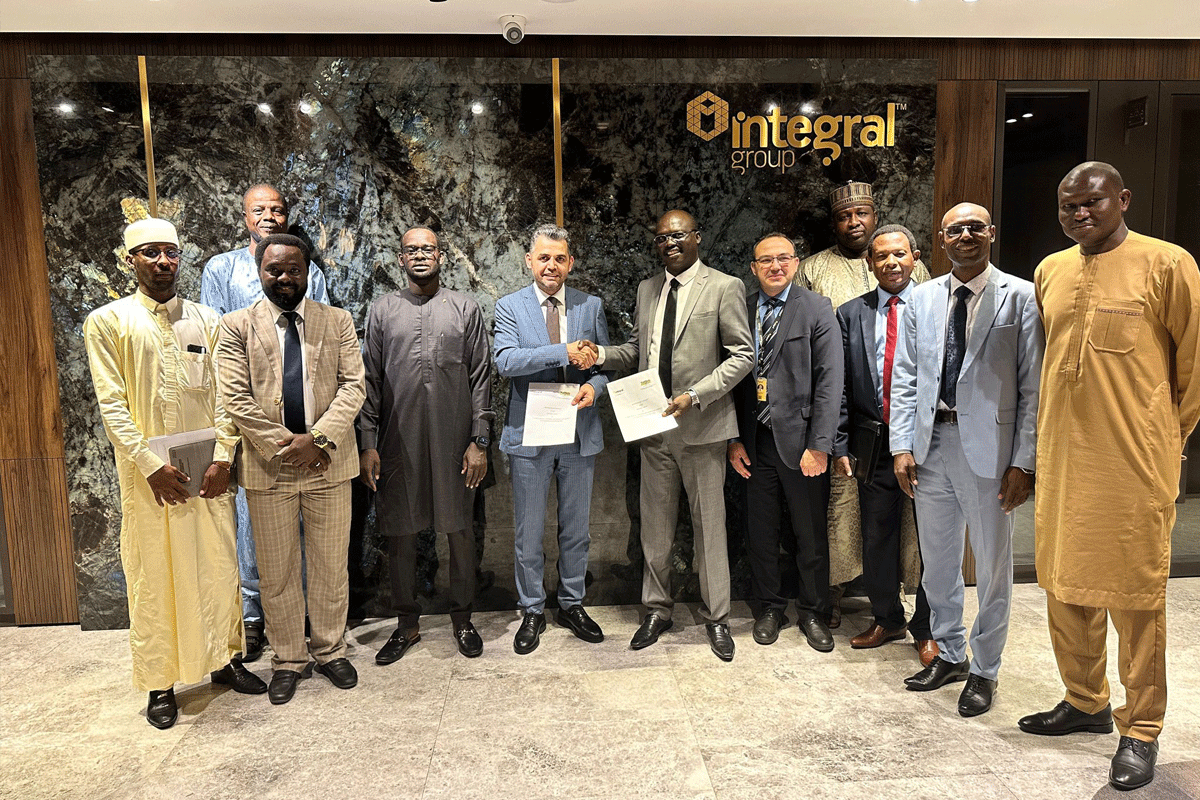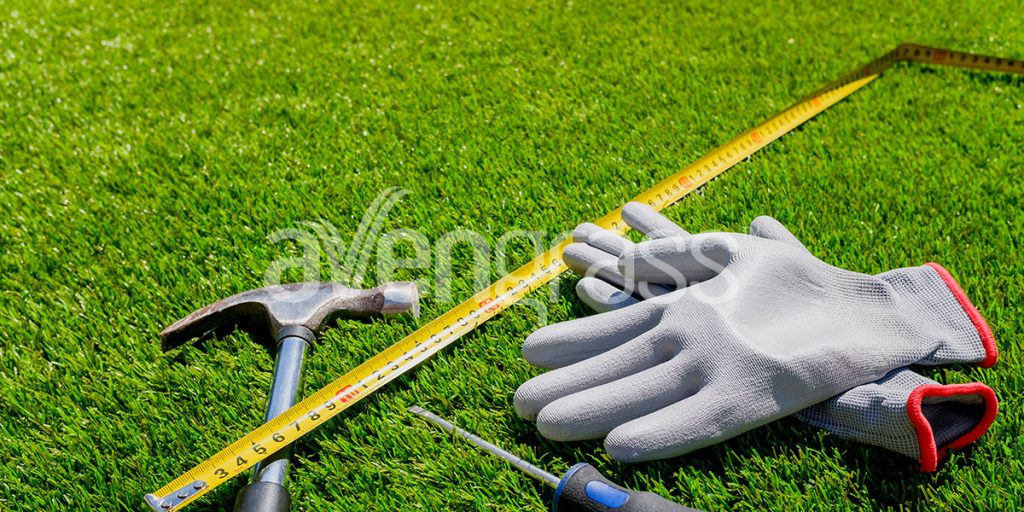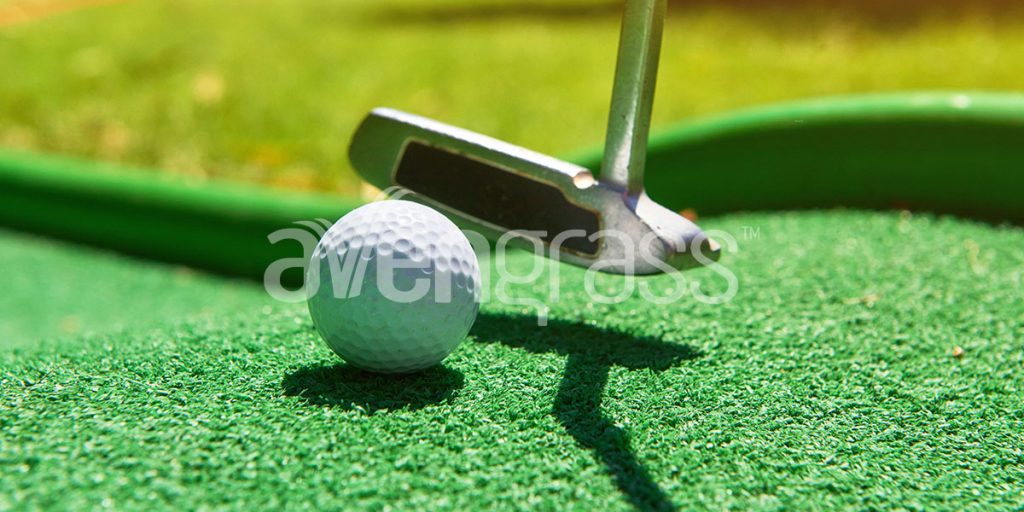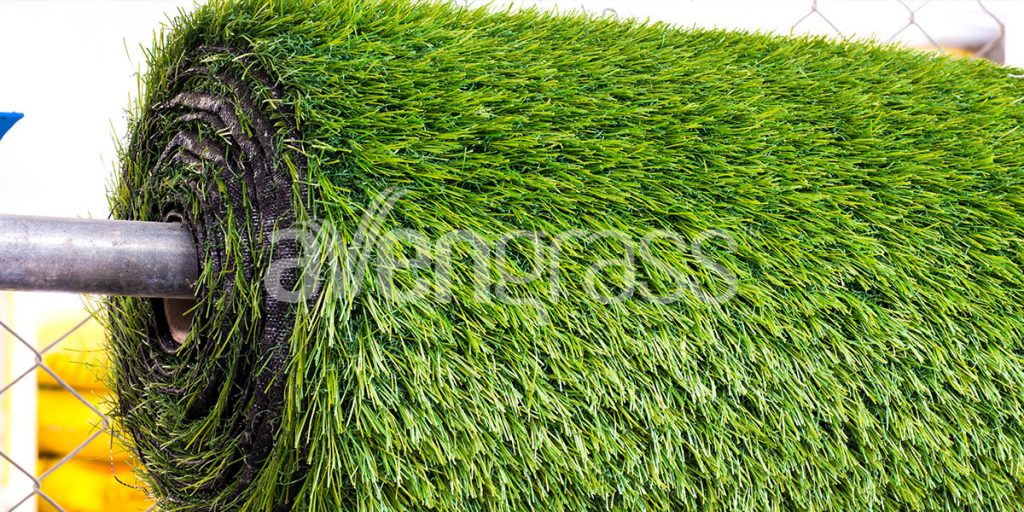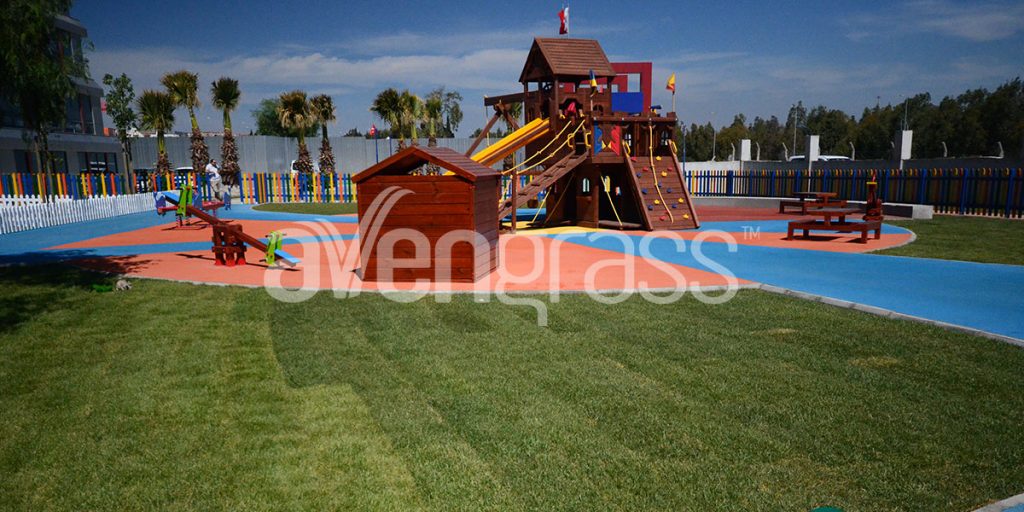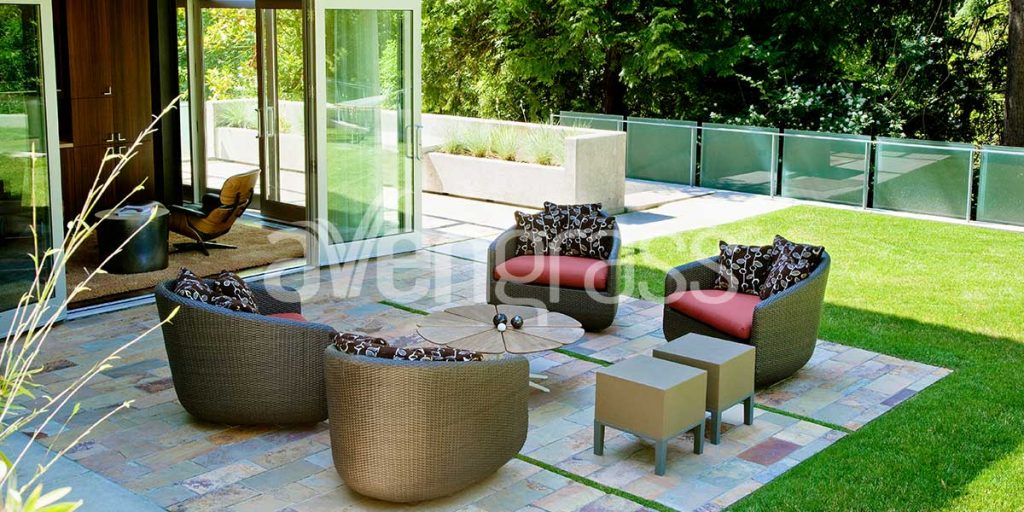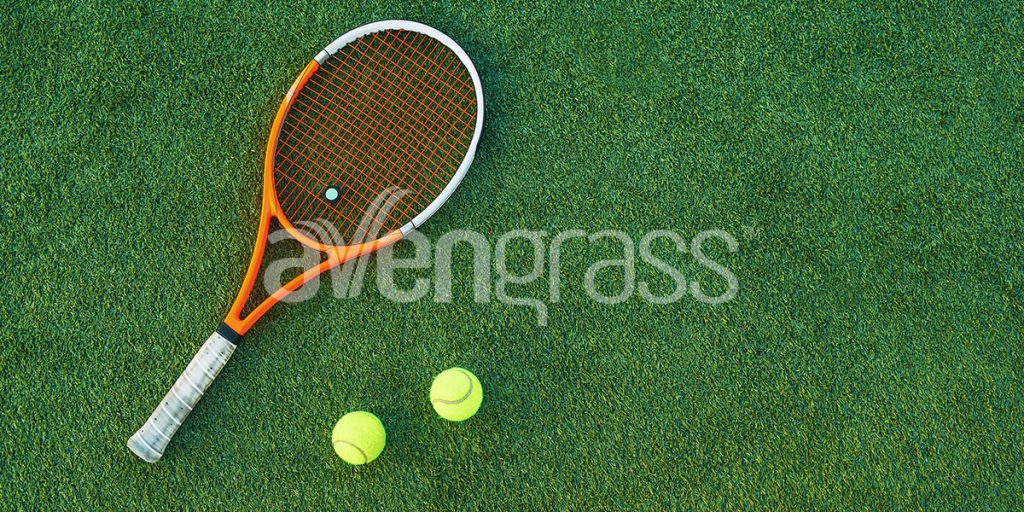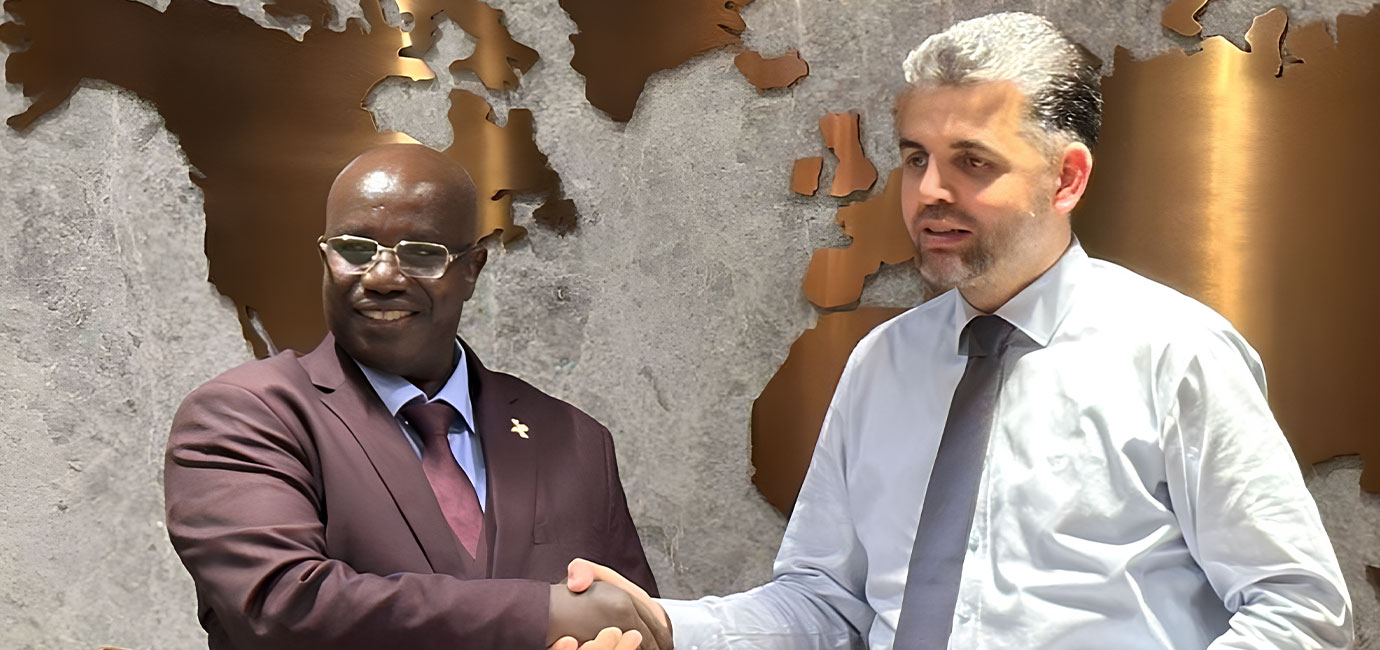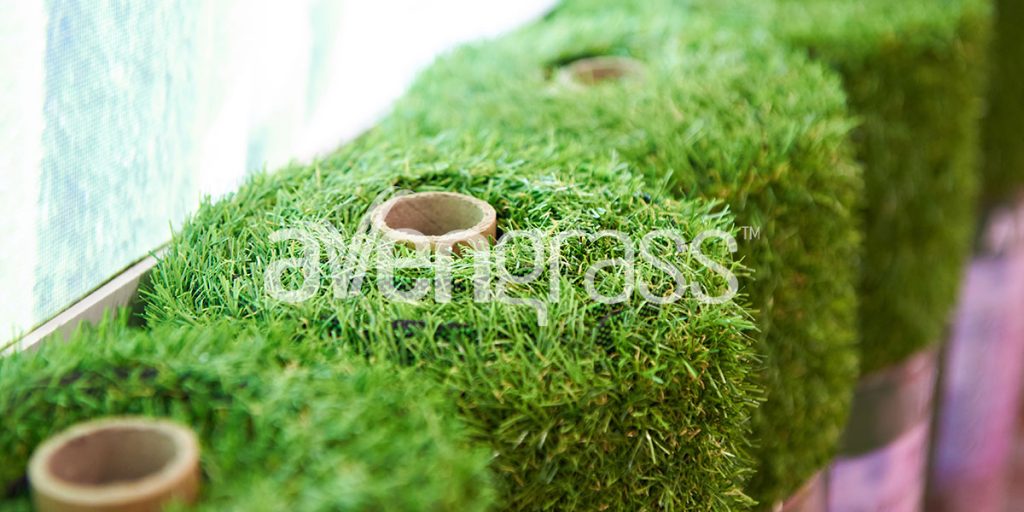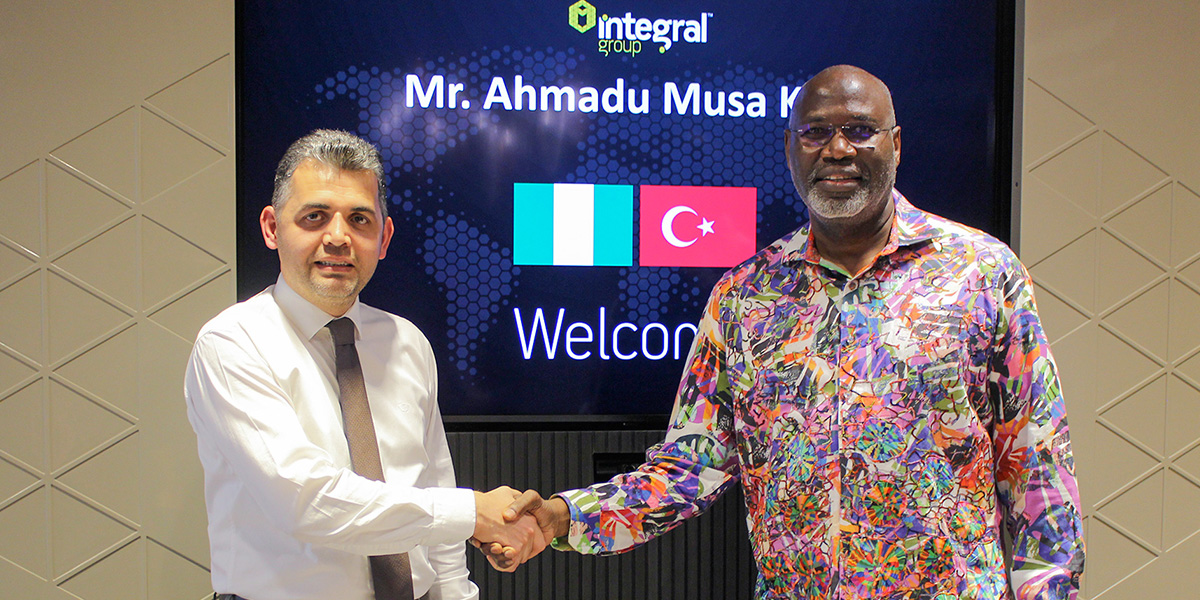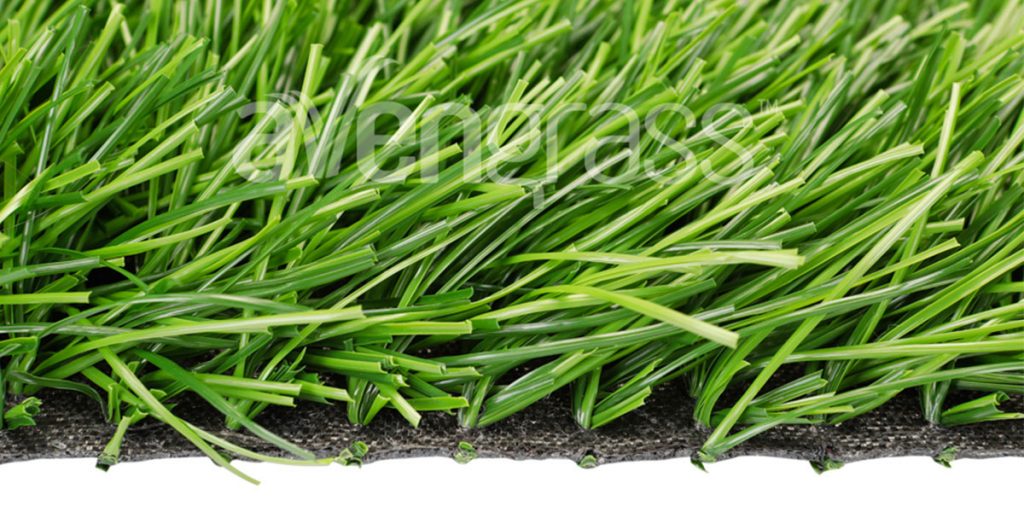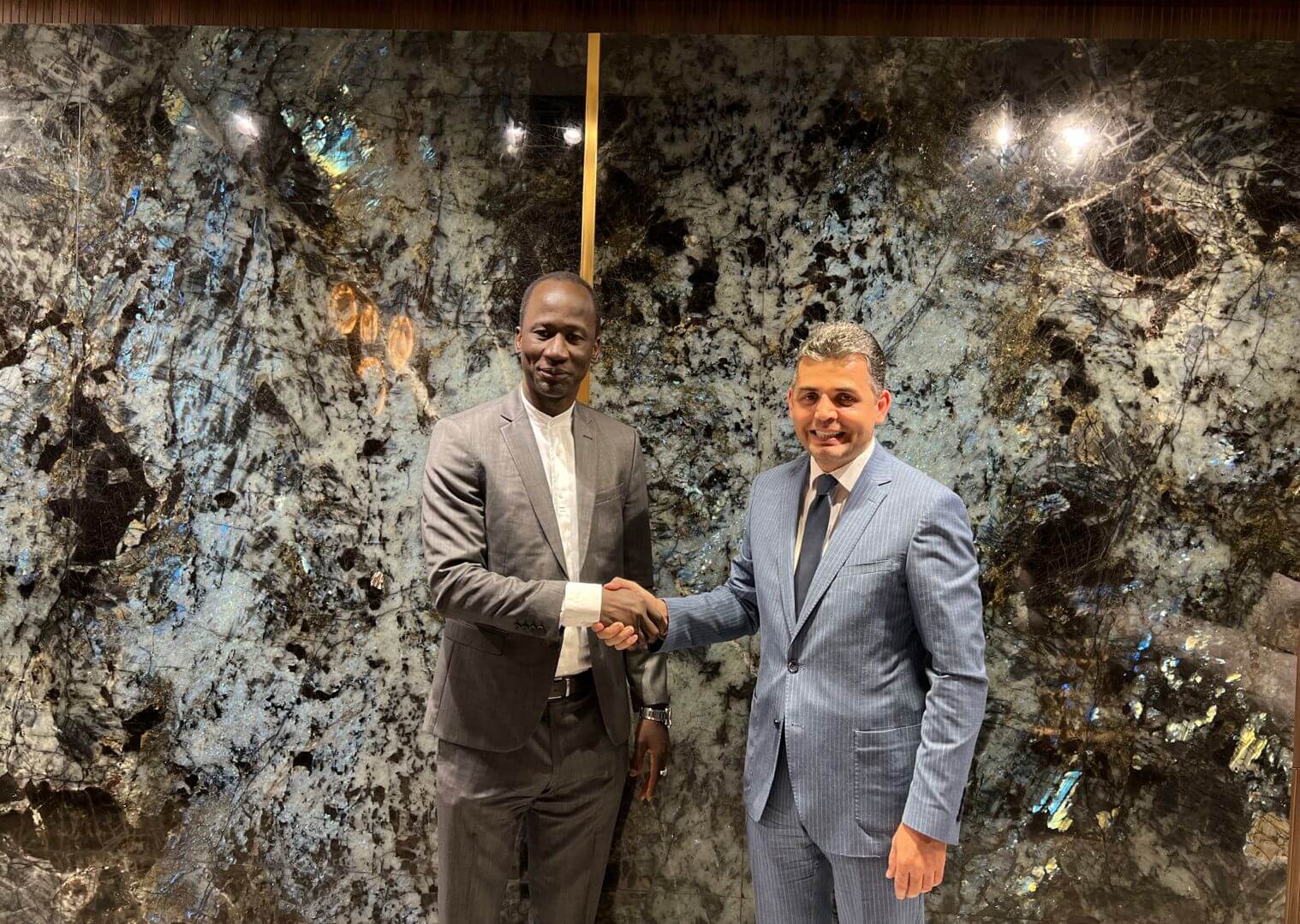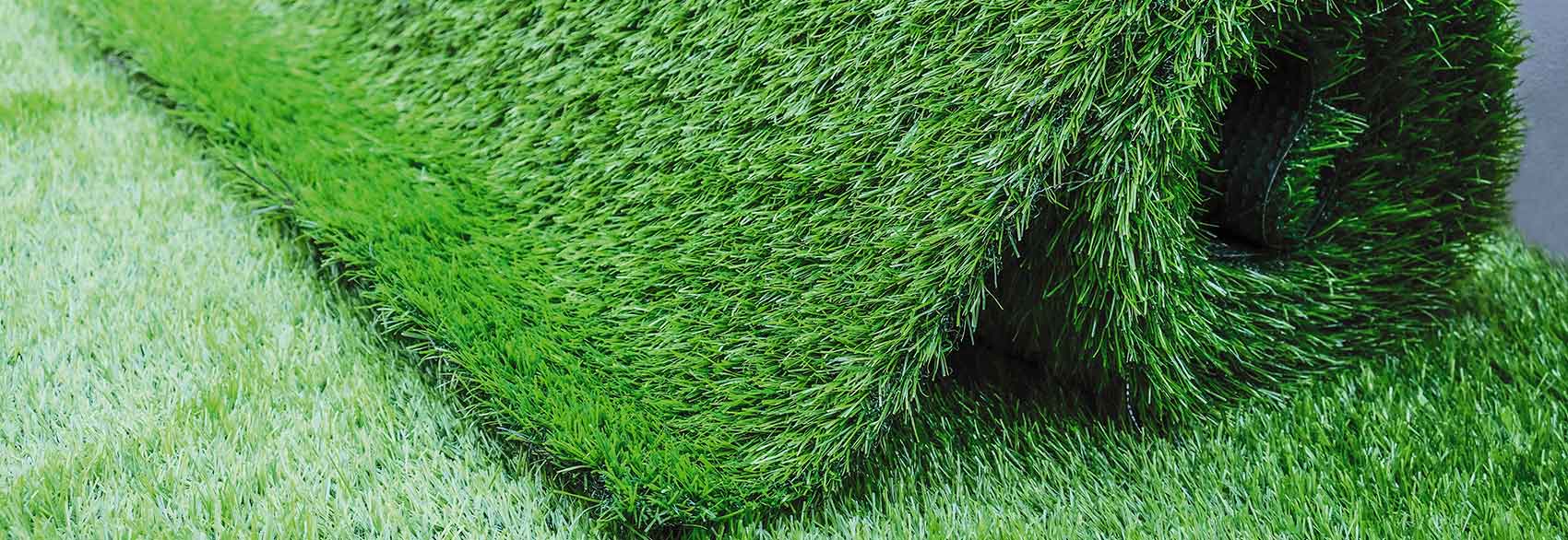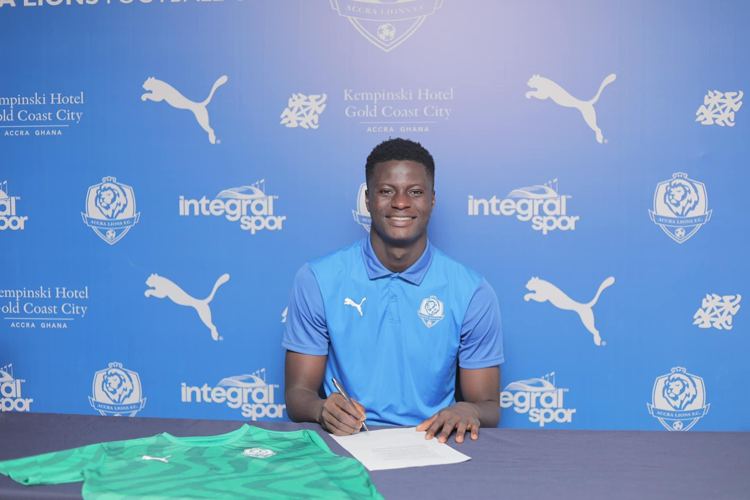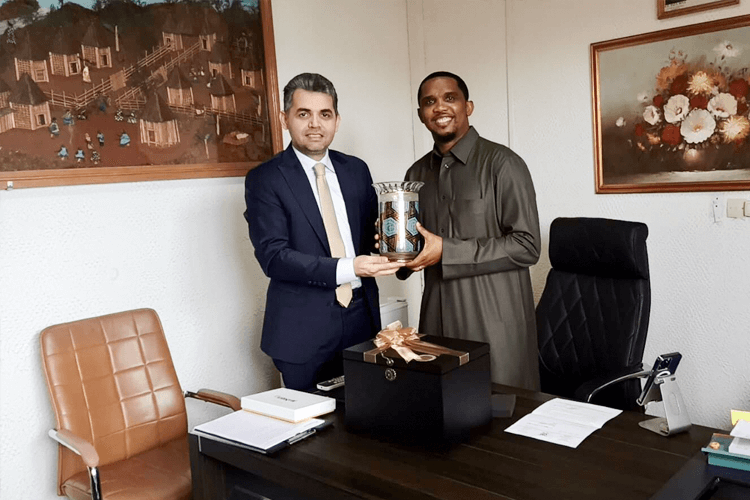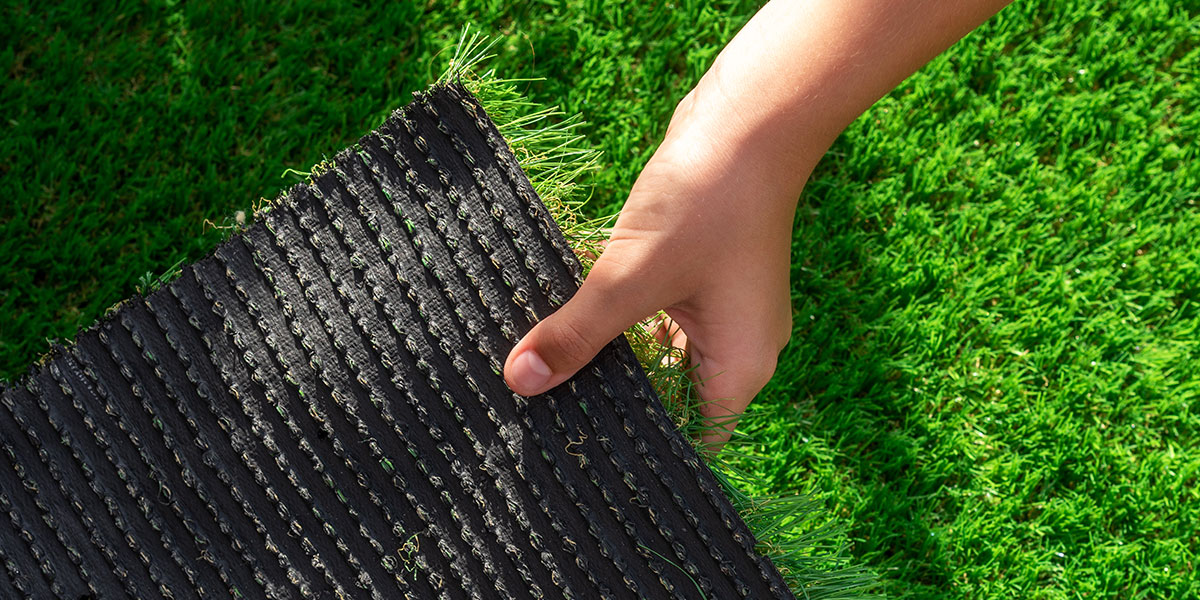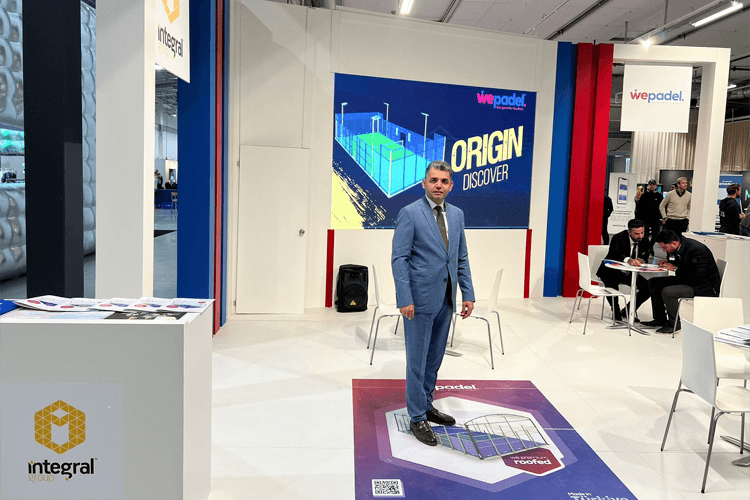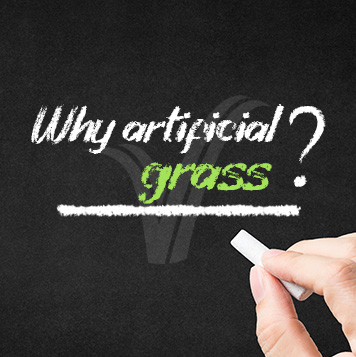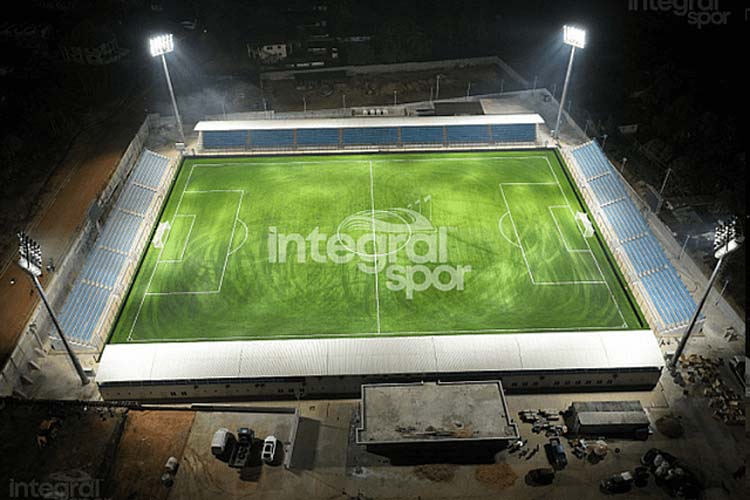Today, many indoor and outdoor areas such as sports fields, gardens, playgrounds, walking paths and running tracks are now covered with artificial grass, an alternative type of natural grass. But what is this artificial turf? Easy installation, aesthetic appearance, low maintenance costs, long-term use due to the production of durable materials, artificial grass is one of the reasons that make it popular. The fact that natural grass has a short life span, high maintenance costs, requiring renewal by being affected by seasonal factors very easily, deteriorating the structure very easily and causing high water bills, led users and operators to search for alternative ground. With the advancement of technology, the production of synthetic turf became widespread and the developments in artificial grass technology enabled the interest of artificial turf to be shifted in decorative and landscape applications, especially in sports fields.
What is Artificial Grass?
Artificial grass is a product that shows the equivalent properties of floor covering with natural grass. In terms of appearance, there is no difference from real grass. Synthetic lawns which are similar to real grass in terms of usage conditions are produced from synthetic fiber material. Sports fields are the most frequently used areas. The aesthetic appearance of the synthetic grass and the player-friendly characteristics of synthetic turf have made it an advantageous practice for both players and operators to transform sports fields with natural grass into artificial turf.
No Need for High Maintenance
Artificial lawns are attractive for users and operators with their low maintenance requirements. It is enough to clean it periodically and regulate its fills. Since it does not require extra time and budget for maintenance and repair, you can easily use it in your home gardens, landscape areas and sports fields for many years.
Friendly to Players, Children, Animals and Environment
Synthetic turf is made of recyclable material and has environmentally friendly properties. There is no need to waste thousands of gallons of water per square foot for synthetic turf maintenance. The lack of irrigation creates opportunities for efficient use of water resources. It does not contain harmful formations. It provides comfortable playgrounds for children and pets. Due to its shock-absorbing substrates, it is the preferred choice for children's play areas. It provides the best ground properties to create safe areas against the risks of athlete injuries. The flexible surface structure maximizes player performance and minimizes muscle pains and body vibrations.
Durable
Synthetic grass attracts attention with its structure resistant to external conditions. They maintain their appearance and structure even under the most demanding conditions. They adapt perfectly to cold and hot weather conditions and resist to distortion. Due to their UV-resistant structure, they maintain their color even in hot climates and offer an impressive appearance all year round.
Budget Friendly
One of the biggest advantages of natural grass is that it is a low cost application. It is an economical way to create green fields at affordable costs per square foot. One of the biggest disadvantages of natural grass is high water bills, renewal costs and difficulties in maintenance. With artificial grass, it is possible to create green fields in a short time and save money by saving water and maintenance costs.
Aesthetical
Artificial grass, which is a preferred method for decorative applications, provides comfort by beautifying your living spaces with its natural appearance. You can cover the gardens of your home and workplace with artificial grass and create aesthetic images. After applying the ground, they maintain their green appearance for years. The actions you have to take to make your artificial grass look more beautiful, you do not cut, pruning or fertilizing but cleaning from time to time, sweeping and watering operations.
How to Manufacture Artificial Grasses ?
The quality of artificial turf depends on the use of the right equipment, expert production knowledge and high raw material quality. Artificial turf obtained by tufting weaving machines can be produced in desired frequency, weight and pile height. The produced yarns are woven into suitable base cloths and coated with SBR latex in coating machines to avoid spillage. In order to obtain high-quality synthetic grass, it is important to use impact-resistant ropes and quality latex and diapers as well as raw material quality. The quality of the production process enables the artificial turf to be used longer.
Production Process
The first stage of artificial grass production starts with the mixing of components consisting of polyethylene or polypropylene raw materials, granules and a number of additives. Coloring dyes are added to give artificial turf green color and UV resistance. The resulting mixtures are melted by heating under high pressure and mixed until liquid. The resulting liquid is taken into the extruder machine and pressed under high pressure. This allows the formation of individual synthetic fibers. There are two different types of yarn: fibrillated and monofilament. It is a matter of choice which type of yarn to obtain. At this stage, the shape of the artificial turf fibers is determined by the head of the extruder. In artificial grass production, it is possible to give the desired shape to the grass fibers. Therefore, turf fibers with different and special designs can be produced.
Weaving
The lawns that come out of the machine as a long and thin yarns are taken to the carding machine and spinned and weaving process is started. The ropes are heated and wound on large reels. At this stage, tufting weaving process starts. The rope weaving processes performed in the tufting machine are similar to carpet weaving and they are punched and looped with the help of needles. At this stage, hundreds of stitches per minute are performed. After tufting, the yarns become carpet.
Coating
In the coating process, the artificial grass is rolled and coated with latex in the RAM machine. The coating process prevents the ropes from falling off the carpet and SBR latex is used. To achieve a stronger structure, a second support latex is added and high temperature processes are applied to increase the strength and cohesiveness of the resulting layer.
Cushioning
Cushioning operations are made of rubber compounds or polyester foam. Rubber tires are sometimes used in the composition of the rubber sole and some of the materials used in the supports may come from plastic or rubber recycling programs. The thread used to sew the shock-absorbing pads together, as well as the upper fabric panels, must meet the same strength, color retention and durability criteria as the rest of the system. Care must also be taken in the selection of adhesives used to bond all components together. Cushioning is a process that must be handled with care to ensure a comfortable and safe surface.
Quality Control
Artificial lawns must undergo many tests after the production stage for professional sports fields. Compliance with international standards is determined as a result of these tests. Tests show the durability and quality characteristics of artificial turf. Quality control processes are completed by testing the strength, abrasion resistance and shock absorbency of grass fibers. Artificial grass, which goes through production stages and quality control, is eventually rolled into large rolls and packaged and ready for installation.


